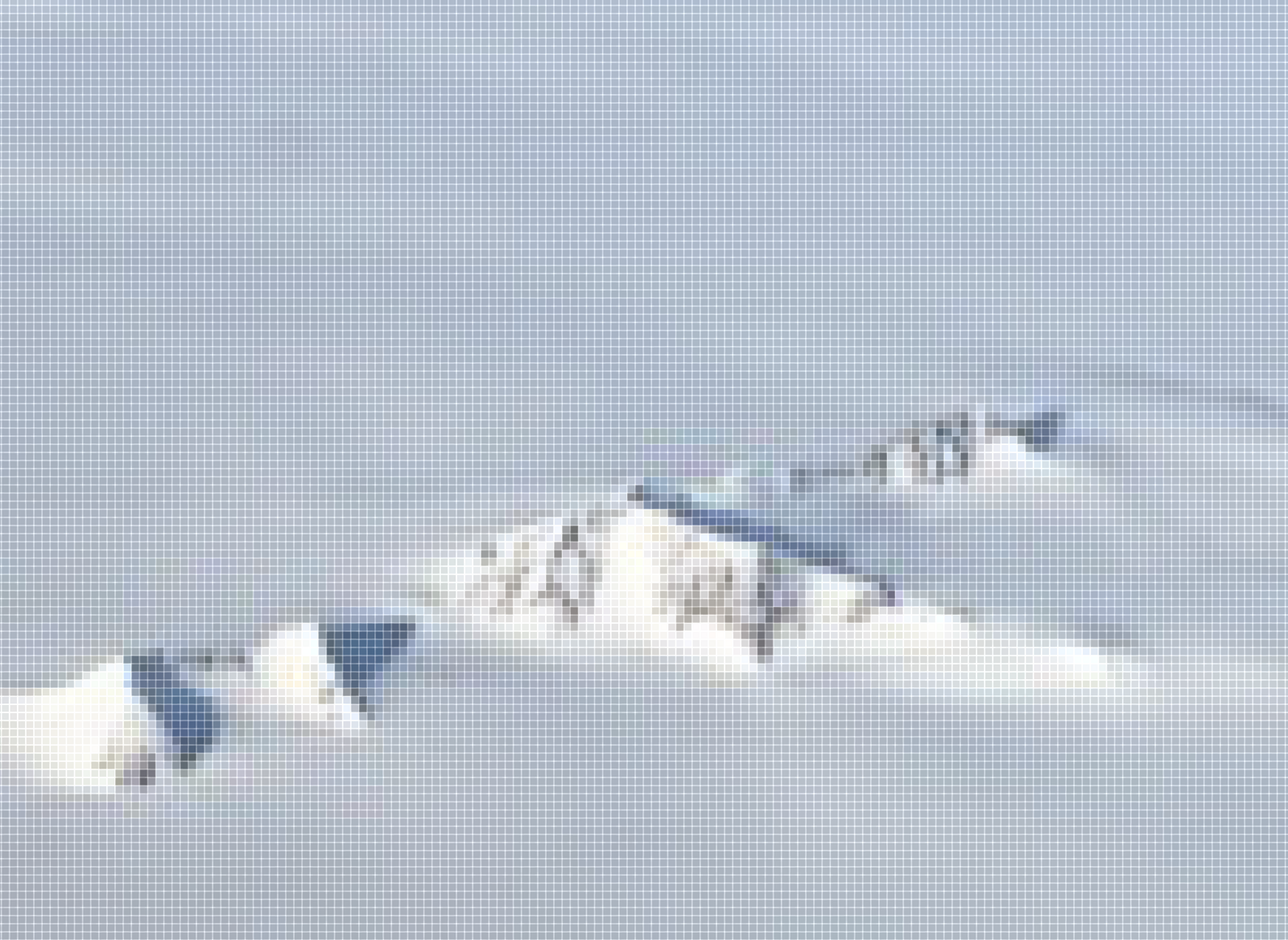I. Moraine (Kangerlussuaq, Greenland)
Delayed in Kangerlussuaq, Greenland, we stand at the moraine of the Greenland Ice Sheet. We are a short distance from the international airport on what used to be an American air base until it was ceded to Greenland in 1992. It is September 2018, and we are bound for Ilulissat, a township of 4,000 people located 264 kilometers north of here. Ilulissat (the Greenlandic word for “iceberg”) is generally considered to be the iceberg capital of the world. However, an incoming storm has delayed our flight. We are told that delays of up to several days are commonplace here due to volatile weather conditions.
We are in West Greenland because this is where glaciologists predict global climate change dynamics, through the study of the Greenland Ice Sheet (known to them as the GrIS). Calculating the variability of the surface mass balance of the GrIS is essential for anticipating the rise of global temperature and consequent positive feedback loops. But we are not glaciologists; we are compelled by Greenland’s unusual geopolitical position. While modeling glacier melt dynamics generates a global scientific perspective of climate change, the political ecology of ice must be considered with respect to the sovereign Inuit nation of which the GrIS is an integral part.1
Today, over ninety percent of Greenlanders claim Inuit ancestry. Since the end of the Second World War, Greenlanders have undertaken a series of political breaks from the hegemony of the Danish Realm established in the eighteenth century. Greenland achieved Home Rule in 1979 and Self-Government in 2008. The history of the Arctic was shaped by the colonial drive to extract resources and claim the coasts of Greenland with European, American, and ultimately Danish settlements. Recent decades of Greenlandic sovereignty have given rise to a new social and political condition, yet one that is increasingly challenged by climate change.
Climate change has caused warming Arctic waters and the disappearance of sea-ice, an effect that deeply compromises the hunting environment and social ecology of seasonal migration for Greenland’s subsistence hunters.2 As Greenland seeks economic expansion to consolidate its sovereignty, the effects of climate change entrench the country further in this ecological predicament. The abundance of meltwater from the GrIS is an ideal resource for industrial mining, forcing Greenland to navigate the pressures of multinational corporations speculating for rare earth minerals such as uranium. The accelerating melt of the GrIS is therefore both an intensified symptom of a global ecological crisis unfolding on Inuit land, and the dangerous condition of possibility for the reproduction of capitalism’s system of power and profit integrating itself in the web of life.3
At the heart of this geopolitical dilemma is the question of whether Greenlandic sovereignty can only be secured by profiting from climate change, or if Greenland’s self-determination and political organizations can shift the global climate change imaginary in more fundamental ways. This is not to suggest that Greenlandic sovereignty depends on the accelerated loss of the GrIS, but rather that the melting GrIS is the dynamic ground from which to imagine, resource and build futures. Geopolitics, glaciology, and environmental imperatives do not necessarily find a common ground here, nor a unified perspective. Instead they collide, dispersing and diffracting the pretences of such a unity.
What strikes us in Kangerlussuaq is not the glacier ice but the moraine. Moraine is the geological detritus left by glaciers as they recede. It is a material that ranges from vast boulders (called “glacier erratics”) to a fine mineral-rich sand (glacial till, also known as “glacier rock flour”). Moraine is also the term for the land formation produced by this accumulation of rocky debris, which appears as a petrified riverbed. Moraines are routinely surveyed, sampled, graphed, and pictured as part of the emerging climate change imaginary. They mark the irreversible disappearance of glaciers. To us, they are the rough ground of a new planetary reality.
If, during the era of colonial discovery, the edge of a glacier could move a viewer to an experience of sublime awe, then here, in Kangerlussuaq, the moraine confronts us with the fractures, gaps, and limits of knowledge that disassemble our understanding of place. It is a site of “transit,” a concept that Indigenous scholar Jodi Byrd uses to describe the force that destabilizes any singular cultural standpoint.4 The moraine discloses the planetary intrusions, local ecologies, and the forces of globalization that defy an objective scientific account of climate change in Greenland.
As an analytic, moraine solicits a processual form of thinking. We are not here in search of facts and information, or a dramatic environmental disaster story, but rather to elicit new ways of inhabiting, co-habiting, co-existing, and observing.5 To situate our inquiry at the moraine is therefore to take a philosophical posture on a shifting geological ground. In this respect, we turn to the (non) philosopher Francois Laruelle for whom all philosophy is material, embodied, and integrated into its situation.6 In this way, there is a recursion between the thinking we bring to Greenland, and its material expressions that are taken up in and through the posture by which we experience. Any posture that attempts to cope with the matter and meaning of glacier melt must span the conditions of local specificity and global commonality. What happens in Greenland captures the imagination in North America, Europe, South America, the United Arab Emirates, and beyond. The moraine of Kangerlussuaq is not a landscape, a stable topography, or an abstraction: it is a site where forms and relations melt, where abstractions collapse under the forces of climate change, where new materials emerge and new epistemic standpoints are forged.
II. Glacier Erratic (Emmen, Netherlands)
In February 2019, we traveled to Utrecht, Netherlands to consult with Brice Nöel, a glaciologist specializing in the modeling of the “ablation zones” of the GrIS. Ablation zones are low-altitude areas at the edge of a glacier where there are net losses of ice; areas where snow does not accumulate and exposed meltwater lakes and waterways course through the ice, introducing a level of unpredictability to the overall surface mass balance of the Ice Sheet.7
On our way back to Amsterdam, consolidating what we learned about glacier modeling that day, we were unexpectedly drawn to another form of moraine. We took a detour north to Emmen to see Robert Smithson’s Broken Circle/Spiral Hill (1971). The work is located in a sandpit at the Southern tip of De Hondsrug, a UNESCO Global Geopark. The fact that the sandpit was comprised of moraine from the Little Ice Age and repurposed to serve as an industrial resource was not lost on Smithson. The artist had long situated his work at the interstices of geological prehistory and a fictional postindustrial future. He also became enamored with moraine at the peak of his career in the early 1970s. Indeed, one might say that moraine preyed on his thoughts and followed his practice.
Smithson’s original plan to clear a plateau of sand on which to set the decentered figure of a broken circle was thwarted when a boulder—a glacier erratic—situated at the very center of the plateau proved impossibly heavy to move. The boulder loomed over his plans like a “dark spot of exasperation, a geological gangrene on the sandy expanse,” a “shadowy lump,” a pending catastrophe like “the eye of a hurricane.”8 Troubled by the intrusive presence of this geological excess, Smithson eventually came to embrace it as an integral part of the artwork. Where his previous work sought to decenter art from a fixed point in time and space and resituate it in fragments across sites and nonsites, the glacier erratic here introduced a hard core of geological time, a metonymic element of the Ice Age that troubled the visual field like a glacial “heart of darkness.” Indeed, it appears to engulf the edges of the work from its very center.9 In the script for a film of Broken Circle, he writes:
The Ice Age advancing-receding on the edge of the moraine off the record—no time passing—no knowledge of the glacial bulldozing—no knowledge of machnical [sic] bulldozing—dozing on the moraine—dozing on the machine—grain by grain—stone by stone—rock by rock—boulder by boulder—a sluggish order—land into water—water to land—glacial memories…10
III. Glacier Rock Flour (The Dead Glacier, Ilulissat, Greenland)
In June 2019, we held a workshop about glacier melt and climate change cultures in Ilulissat. On the second day of the workshop, we brought our group by helicopter to two locations on the edge of the Greenland Ice Sheet. The first location, called “The Dead Glacier,” was an expanse of fine sand that issued from underneath a melting ice wall. The Dead Glacier has its name because of the ice wall, which has stagnated in place and no longer moves in seasonal rhythms of expansion and contraction. Nor does it calve icebergs. Instead, the glacier edge has been halted in place by a rocky bank under the fjord. Still, meltwater streams over the surface of the ice wall in the heat of the bright summer sun. The moraine here is comprised of a soft till, making it a pleasing ground to explore.
One might be inclined to frame moraine in melancholic terms as the inert material remainder of a once sublime glacial landscape. Yet moraine is not inert at all; nor is it melancholic. For many Greenlanders, moraines are sites of opportunity. The disappearance of glaciers uncovers new resources from the rich earth underneath. Moraines yield geochemical compositions such as glacier rock flour, the powdery sediment left by the crushing forces of glacier ice against rock. The Greenlandic geologist Minik Rosing has discovered that glacier rock flour is a powerful fertilizer and has studied its use to replenish crops in Brazil and sub-Saharan Africa, where desertification has impoverished the quality of agricultural land.11 Rosing’s research is championed among Greenlanders and held as a model of adaptability to the epochal shifts of climate change.
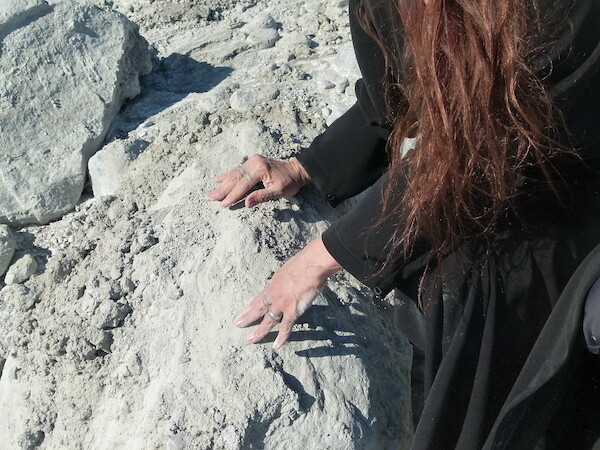

Jessie Kleemann at the Dead Glacier in Ilulissat, Greenland, 2019. Photo courtesy of Amanda Boetzkes.
Here, the land is primed to draw out vital substances and promises to enliven new global infrastructures. Yet, this place also seems to be eerily premediated by discourses of economic development, prospecting, ecological mourning, and post-coloniality. If climate change premediates the GrIS, it also anticipates the futurity of the moraine; a future weighted by colonial exploitation and the momentum of late liberalism.12 Moraine is at the crossroads between the utopian possibilities of sovereign land, scientific innovation and ecological plenitude, and the dystopian intensifications of climate instability. To acknowledge and think this place is also to know that wherever we are on the planet, the moraine is upon us. Poised for worldwide distribution and land remediation, it is not just a geological form but a global force as well.
IV. Posture (The Blue Lake, Ilulissat, Greenland)
Locating ourselves at the moraine, the question that arose for us was, what posture might we take to re-cognize our respective forms of knowledge and experience in relation to the Greenland Ice Sheet and with respect to Greenlandic sovereignty? And how might we theorize this positioning so as to extricate it from the fraught history of colonization and resource capitalism, and imagine its future differently? Bruno Latour calls on metaphors of dramaturgy to define the expressive interactions between humans, other beings, and the earth.13 Through expressive action, the earth is transformed by our doing just as we are transformed by it. Resituated in this way, action has begun to change alongside agency, so that action is no longer merely a matter of causality (as a matter of the past flowing into the present), but rather becomes “the co-incidence and interaction between agents, the outcome of which is the unfolding of the system.”14
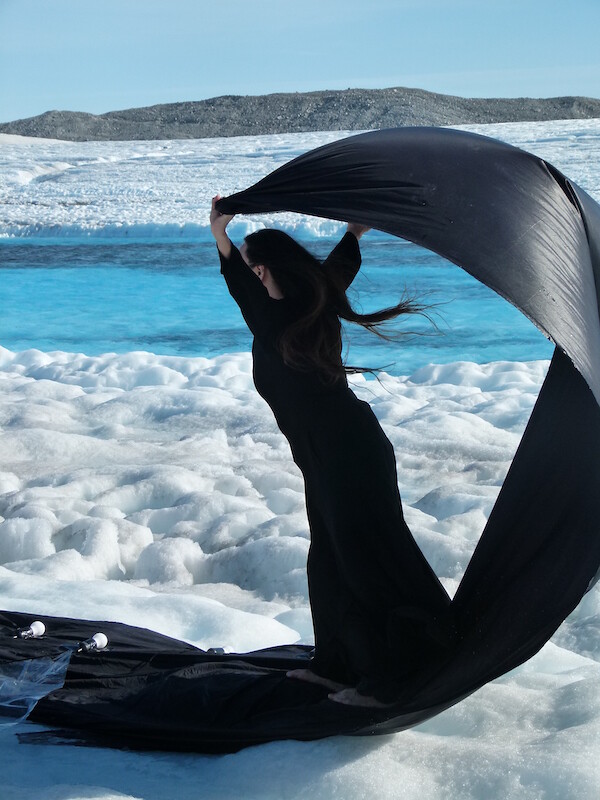

Jessie Kleemann, Arkhticos Doloros, Ilulissat, Greenland, 2019. Photo courtesy of Amanda Boetzkes.
After our visit to the Dead Glacier, we took the helicopter to a second location, the Blue Lake. At this dazzling place, the Ice Sheet extended for miles in all directions. Yet, it seemed that the ice underfoot might collapse at any moment. There, Jessie Kleemann, an artist hailing from Upernavik in northwest Greenland, began a performance titled Arkhticós Doloros (The Arctic In Pain).15 Dressed in a flowing vestment, Kleemann unfurled a bolt of black fabric, holding it in place at one end with a string of compact fluorescent lightbulbs. Lifting the fabric at its far edge, she turned against the wind, and let the fabric billow out behind her like a windsail. She then wound rope around her eyes and head, and blindly walked out onto the precarious surface of the ice, with arms outstretched as though in a trance-like state. Eventually, she folded up the fabric, rope and string of lightbulbs into a tangled bundle and cradled it as though it was a baby, her facial features overtaken by a wash of grief.
Kleemann’s performance work has been linked to Tuukkaq Theater, a form initiated by an Italian theater director, Eugenio Barba and developed by Greenlanders living in Denmark in the 1970s. Tuukkaq Theater allowed for a renewal of Greenlandic identity based on historical Inuit cultural practices, especially drum dancing and mask dancing. But while Tuukkaq was originally intended to affirm the beauty of Inuit culture in a globalized world, Kleemann’s performances surface the more complex feelings of loss, shame, and inferiority, and in the case of her performance at the Blue Lake, grief.16 Her practice is rife with the ambivalence of being positioned as both “Indigenous” and a “cosmopolitan European” in addressing glacier melt.17
To address this ambivalent shifting of identity in her practice, Kleemann draws from the figure of the qivittoq which, in Greenlandic oral tradition, is a stranger whose strangeness is acquired at a distance from their home, wandering in the wilderness either by choice or force—an alienating and alienated persona that bears a relation to home but is not homely. As Kleemann describes it:
A qivittoq is a person who has left their settlement or village and the community of the family. There are many myths concerning a person’s becoming a qivittoq when that person has gone away, so far into his natural surroundings that he is regarded as having acquired supernatural strength and powers. In the North Greenland of my childhood the worst thing that could happen to you was to run into a qivittoq, be visited by a qivittoq or even become one.18
Upon reflection, however, Kleemann noted that her performance at the Blue Lake was not derived from the figure of qivittoq; that something else happened at this site. “The whole place, shaking underneath my feet, was speaking a language unknown to us.”19 The figure of the qivittoq dissolved into what Kleemann described as “the distinct language of the ice, the dead [dying] glacier.”20 Kleemann’s performance at Blue Lake knotted that place to the cultural meanings of ice in Greenland, from colonial violence and postcolonial memory, to the human and nonhuman relations that animate Greenlandic ties to the land. But it also exceeded this scaffolding of meaning.
V. Leviathan Iceberg (Fujairah, United Arab Emirates, March 2019)
The GrIS stands at a crucial juncture. Its entangled history with the Inuit might strengthen Greenland’s geopolitical position as the global temperature rises. New materials are already being resourced from its receding edge. But its melt might be crudely imagined as a standing reserve of hydrocommodities that will be deployed to further entrench the supremacy of global oil. Perhaps one of the most extreme examples of this geoengineering imaginary is the proposal made by an Emirati consultancy firm, National Advisor Bureau Limited, to harvest icebergs from Antarctica and tow them to the United Arab Emirates. Purportedly, these “Leviathan icebergs” would precipitate their own microclimates, breathing life back into the desert, and most importantly, providing a source of water for refining oil. According to the proposal, icebergs would be chipped off from the Antarctic Ice Sheet and tugged 12,000-kilometers by a fleet of boats up to the Gulf of Oman and the eastern coast of the United Arab Emirates to Fujairah, the most important oil terminal connecting Middle Eastern oil trade in the Persian Gulf to international markets.
In only a few decades, the city of Fujairah has become a global hub for tankers rounding the Strait of Hormuz. It expanded rapidly, first as the region’s leading bunker fuel terminal in the 1980s and then again in the mid-2010s to store oil from Saudi Aramco as well as the Abu Dhabi National Oil Company.21 Today, Fujairah is the second largest bulk diesel terminal on earth. With a steady bottleneck of tankers lined up for refueling before entering into the Pacific en route to South East Asia and the US, from the standpoint of resource flows, we might think of the oil terminal in Fujairah as a quiet global capital of the twenty-first century; one that draws seemingly endless cues of oil tankers, foreign and precarious workers, and now glacier ice from the planetary poles.
The patents for the “Leviathan Icebergs” proposal were submitted to a London office in 2015 and are set to be ratified in 2020 thanks to an investment of fifty million USD from Abdullah Mohammad Sulaiman Alshehi, the managing director of National Advisor Bureau Limited.22 In addition to providing fresh drinking water to inhabitants of the arid Al Badayer desert, the twenty billion gallons of ice towed from Heard Island—external territory of Australia in the southern reaches of the Indian Ocean—promises to induce the “oasification” in Fujairah, one of the driest places on earth.23 Alshehi’s self-published manifesto, Filling the Empty Quarter (2015), also includes a suite of megaprojects in the service of “declaring a green Jihad on the desert” such as the planting of 100 million acacia and eucalyptus trees, “aerial reforestation” or “seed bombing,” and the provisioning of water harvesting through dehumidification, solar desalination, and wind-powered water cooling.24 The proposal has obvious logistical challenges: the ice, for instance, would take nearly a year to drag across the increasingly warm and turbulent waters of the Indian Ocean. But its promise to fill a gap in the supply of oil seems to be a force more powerful than any technical obstacle presented by the iceberg.
Our discovery of the Leviathan Iceberg proposal came to us quite unexpectedly in March 2019, before our workshop in Greenland. We were in Dubai under the auspices of a symposium about the aesthetics and history of oil culture in the UAE.25 While there, we travelled to Fujairah to see its oil terminal, where five weeks later, four oil tankers were attacked in an act of sabotage.26 Two of them were Saudi tankers, one Norwegian, and the fourth Emirati. The event triggered a flurry of threats between the US, its Gulf allies, and Iran, which had been contesting US-imposed trade sanctions for years. Within days of the sabotage, Iran announced that it was withdrawing from the 2015-international nuclear agreement, that it would refuse to export enriched uranium, and that it would once again begin enriching its own.27 Between the US pressure on Iran and Iran’s retaliation in the form of nuclear escalation, pressure is rising to find new suppliers of uranium, such as Greenland.
The Leviathan Iceberg presents an antithetical form of geological enframement from the moraine. Where the former fulfills the fantasy of a climate reserve that ultimately serves global oil warfare and further exacerbates climate change, the latter dispels the resourcing of Greenland toward this destructive cycle. The Leviathan Iceberg seeks to accumulate energy from the very symptoms of climate crisis, rather than letting the geological forces unsettle the global distribution of resources from the richness of their sediment. Where the moraine splits vision into a multitude of epistemological views of glacier ice, the Leviathan Iceberg subsumes ice into a wholly destructive global oil regime; foreclosing the future rather than opening to its difference from our troubled epoch. It is our task, then, to use posture to struggle against this foreclosure and sustain the planetary future we saw at the moraine.
The Inuit people of Greenland are descendants of the Thule people who migrated across the circumpolar North around 1000CE.
The Meaning of Ice: People and Sea Ice in Three Arctic Communities, eds. Shari Fox Gearheard et al. (Montreal/Hanover: International Polar Institute Press, 2013).
Jason Moore, “The Capitalocene Part I: On the nature and origins of our ecological crisis,” The Journal of Peasant Studies 44.3 (2017): 593–630.
Jodi Byrd, The Transit of Empire (Minneapolis: University of Minnesota Press, 2011).
We are invested in seeing how such postures might be negotiated collectively, or even globally. As Astrida Neimanis argues in her study of the shared conditions across bodies of water, there is a commonality that extends beyond epistemological standpoints and ontological differences to produce a more expansive and generous sense of who “we” are. See Astrida Neimanis, Bodies of Water: Posthuman Feminist Phenomenology (London: Bloomsbury Press, 2016), 12.
We are especially attuned to Laruelle’s account of “subjects-in-struggle” in François Laruelle, Introduction to Non-Marxism, trans. Anthony Paul Smith (Minneapolis: Univocal, 2015).
Later that year, Nöel joined us in Greenland for an interdisciplinary workshop on ice, where we became attuned to the media apparatus that calculates this surface mass balance: a coordination of satellite imaging, remote sensors and a supercomputer that performs dense calculations of climate data.
In an interview, he recounted that he wanted to shift the boulder outside the circumference of Broken Circle, but was told that it could only be moved by the Dutch Army. Smithson was perturbed by what he described as a cyclopean dilemma; a blind spot that blotted out the circumference. See Robert Smithson, “Interview with Gregoire Müller,” in Robert Smithson: The Collected Writings, ed. Jack Flam (Los Angeles: University of California Press, 1996), 258.
In Smithson’s words, “at eye level one tends to see the boulder as part of the circumference. The veritability of the boulder’s position is engulfed by curvatures—no fixity moderates…” Ibid.
Robert Smithson, “Broken Circle—Emmen Holland (Script),” 1972, in Robert Smithson/Nancy Holt Archives.
Ole Bennike et al., “Mapping glacial rock flour deposits in Tasersuaq, southern West Greenland,” GEUS Bulletin 43 (2019).
Richard Grusin, Premediation: Affect and Mediality After 9-11 (London: Palgrave Macmillan, 2010).
Ibid., 1–18.
Ibid., 4.
The title is a reference to a phrase in Arctic Dreams, Barry Lopez’s bestselling novel about his travels across the Arctic in the 1980s.
As the cultural theorist Kirsten Thisted argues, the discourse of Indigeneity emanates from European and colonial mindsets, and comes with global pressures, that close Indigenous people between being civilization’s Other (a primitive) and a corrective to colonization’s discontents. See Kristen Thisted, “Blubber Poetics: Emotional Economies and Post-Postcolonial Identities in Contemporary Greenlandic Art and Literature,” Sámi Art and Aesthetics. Contemporary Perspectives, eds. Aamold Svein et al. (Aarhus: Aarhus Universitetsforlag, 2017), 267–297.
Ibid., 269.
Jessie Kleemann, Qivittoq (Vejby: Hurricane Publishing, 2012).
Conversation with Jessie Kleemann, June 2019.
Ibid.
Mark Watts, “Fujairah emerges as a strategic oil hub,” Middle East Economic Digest 56, no. 48 (2012).
Derek Baldwin, “Trial run for UAE iceberg project in 2019,” Gulf News, July 1, 2018, ➝.
“The icebergs are expected to cause a unique climatic phenomenon as the cold icebergs would attract clouds over the Arabian Sea, thus creating a climate vortex that will cause rainfalls. It would also assist in providing fresh water to the region, making the UAE a hub for exporting water to the world.” Ibid.
Abdulla Alsehi, Filling the Empty Quarter: Declaring a Green Jihad on the Desert (Lulu Publishing Services, 2015).
This took place at the Jameel Art Center for an exhibition curated by Murtaza Vali called “Crude.”
Patrick Wintour, “Saudi oil tankers show ‘significant damage’ after attack—Riyadh,” The Guardian, May 12, 2019, ➝.
footnote Patrick Wintour, “Iran announces partial withdrawal from nuclear deal,” The Guardian, May 7, 2019, ➝.
Accumulation is a project by e-flux Architecture and Daniel A. Barber produced in cooperation with the University of Technology Sydney (2023); the PhD Program in Architecture at the University of Pennsylvania Weitzman School of Design (2020); the Princeton School of Architecture (2018); and the Princeton Environmental Institute at Princeton University, the Speculative Life Lab at the Milieux Institute, Concordia University Montréal (2017).
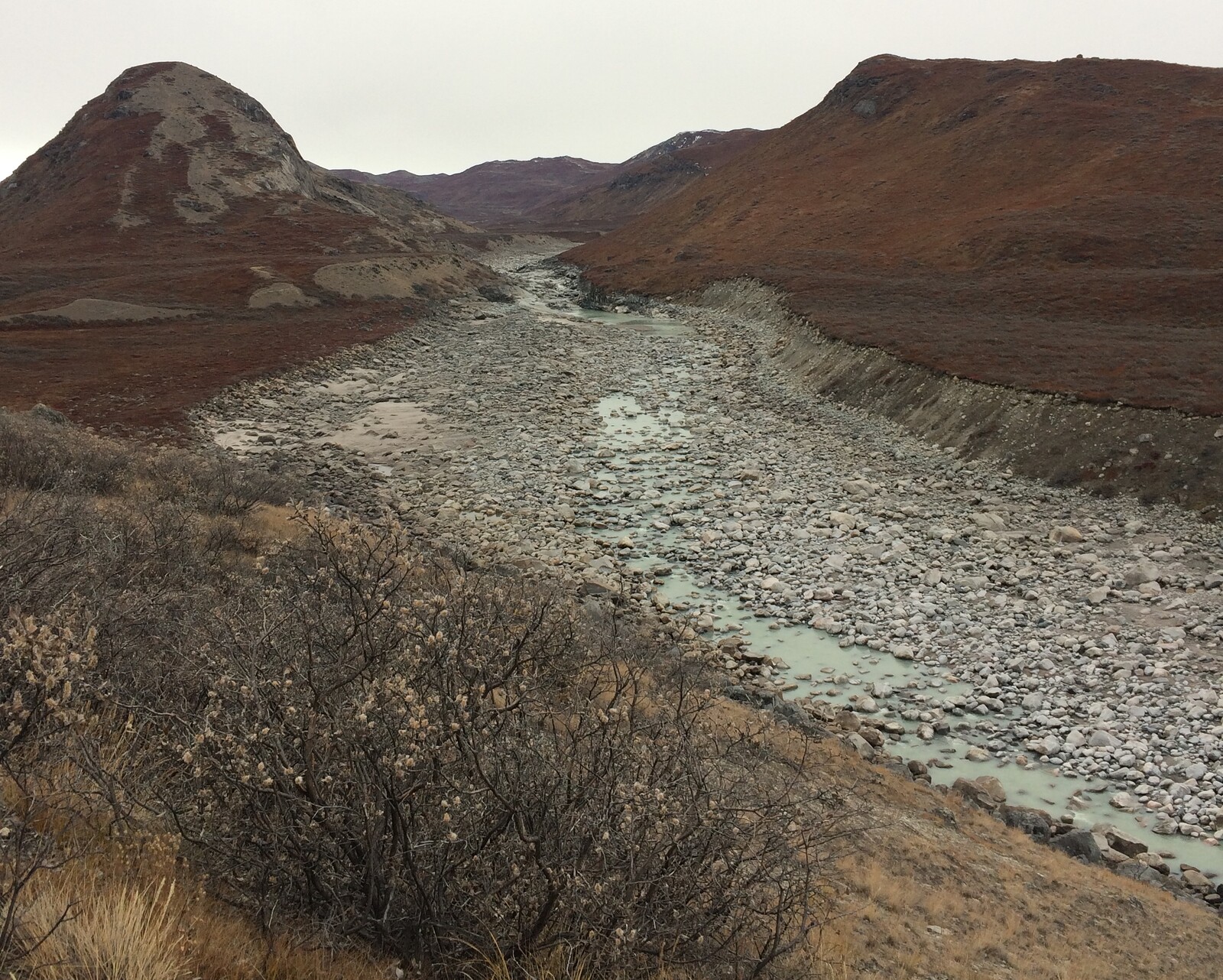
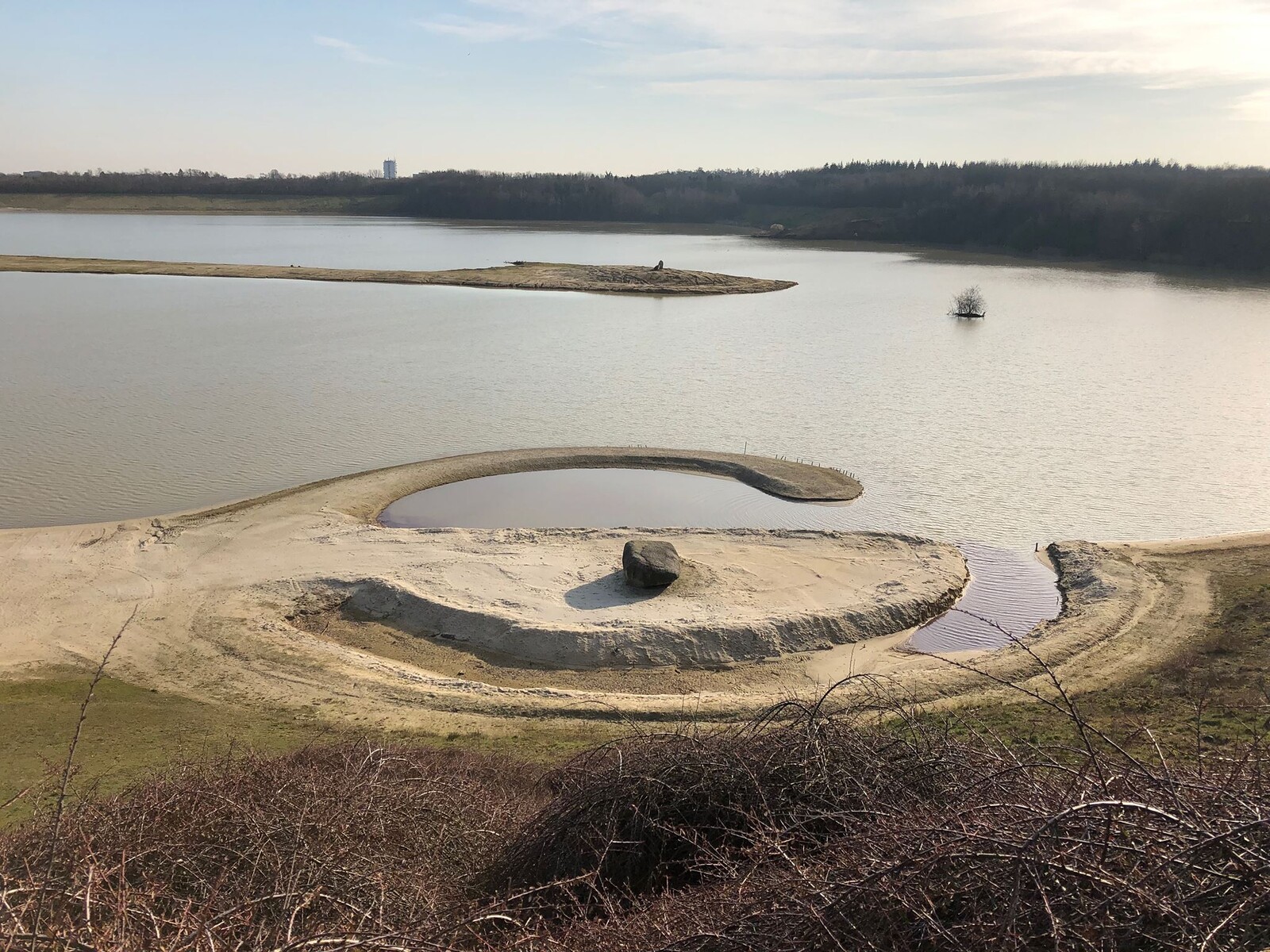







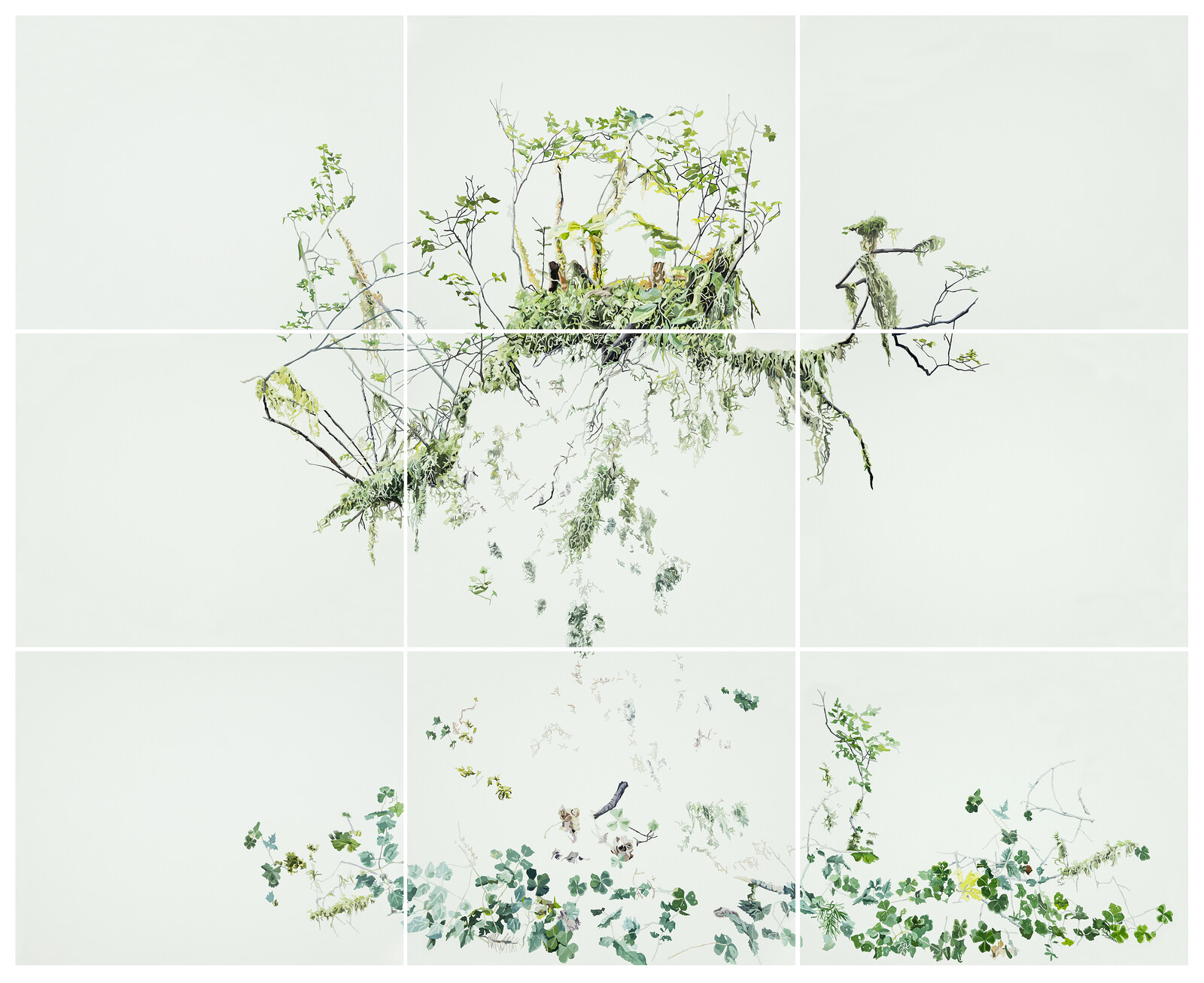
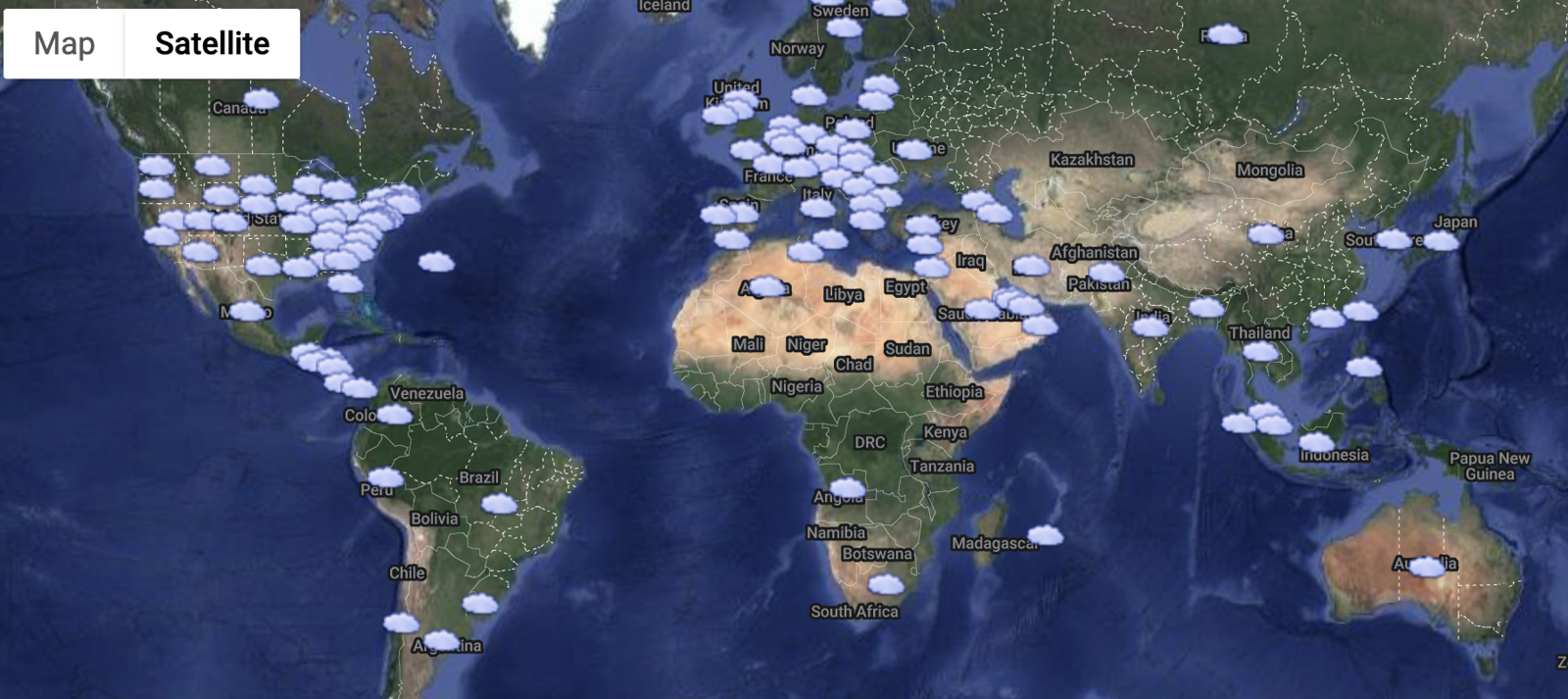
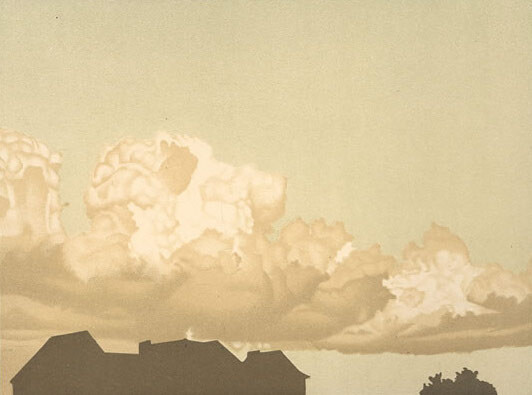
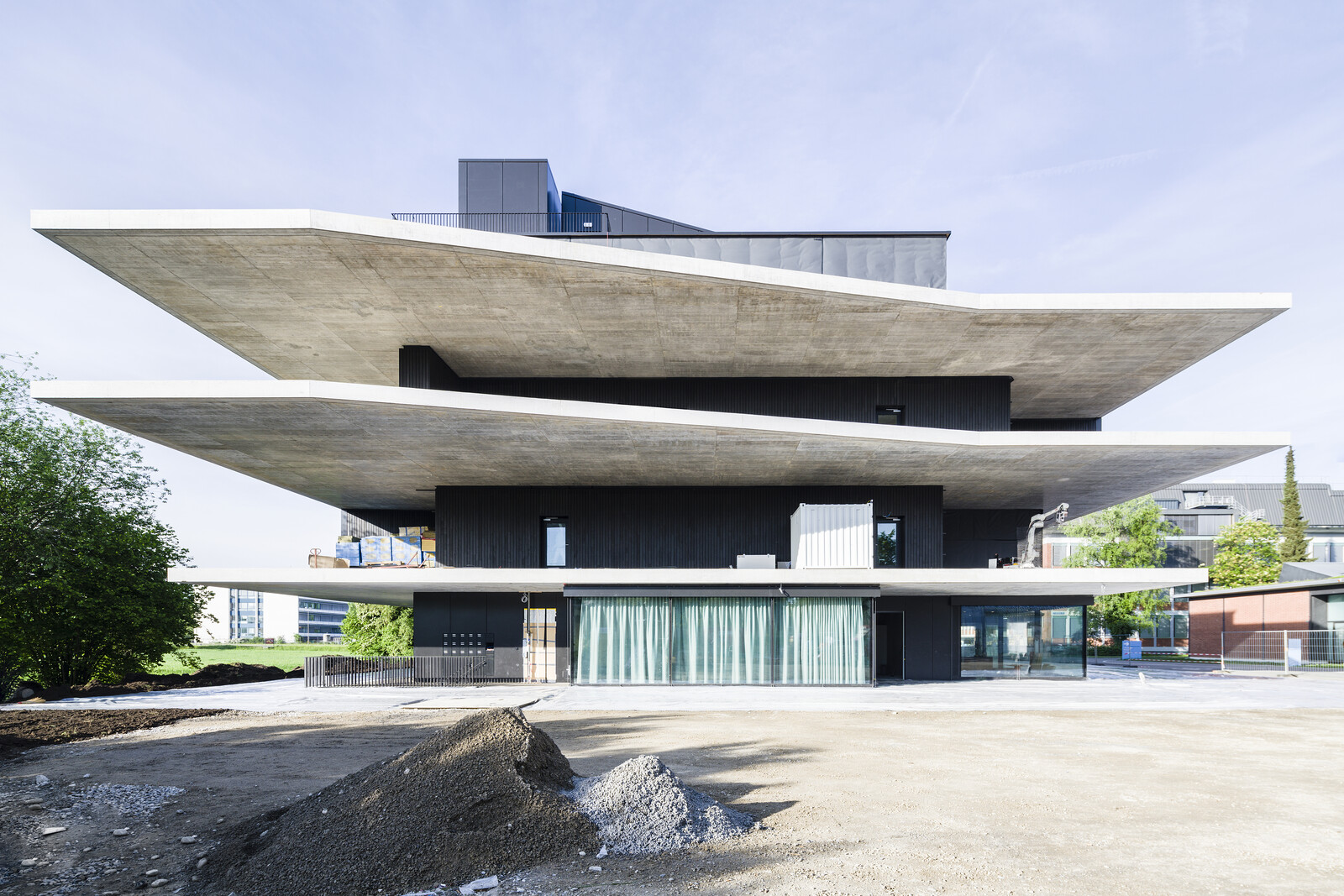

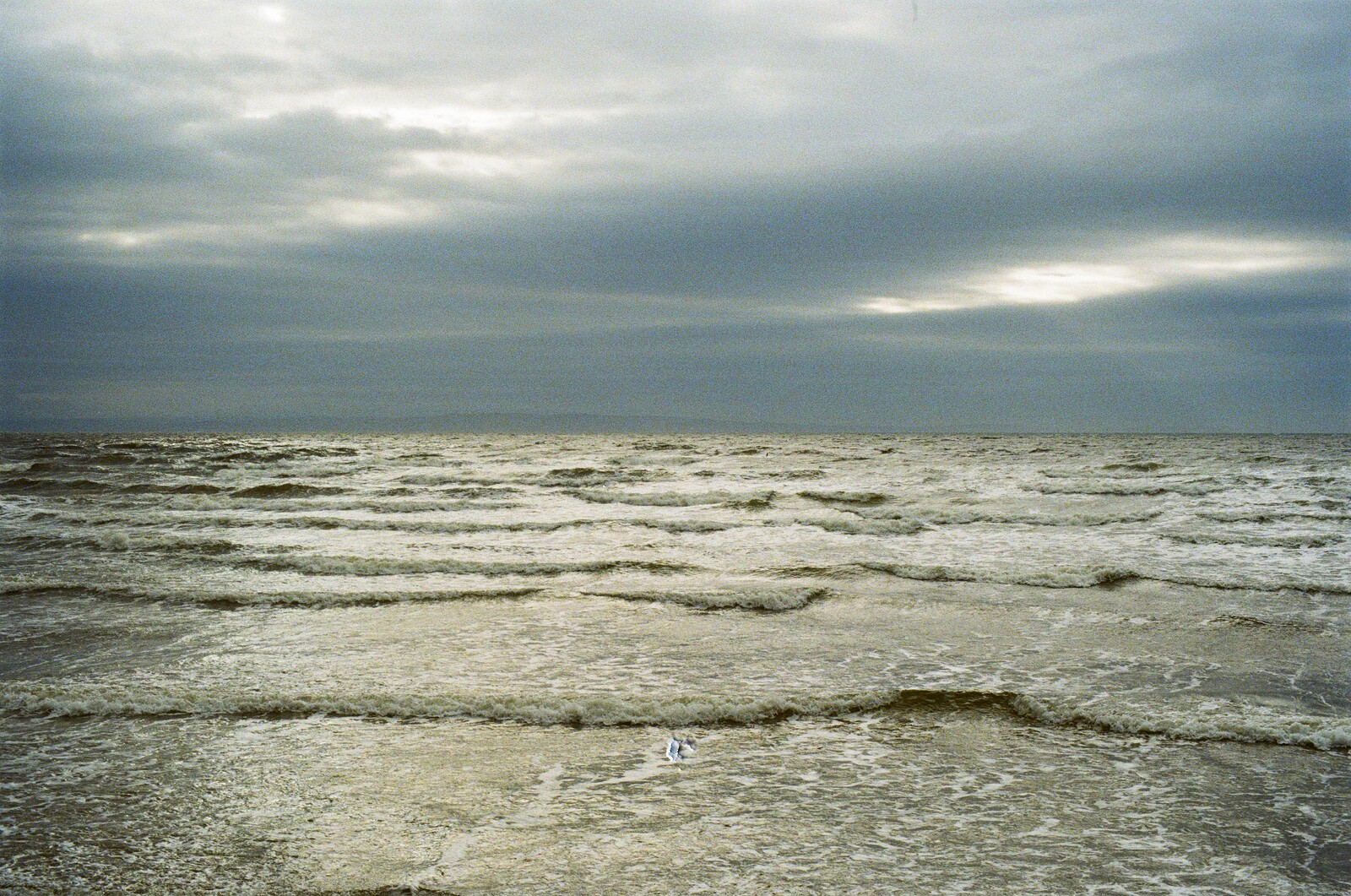
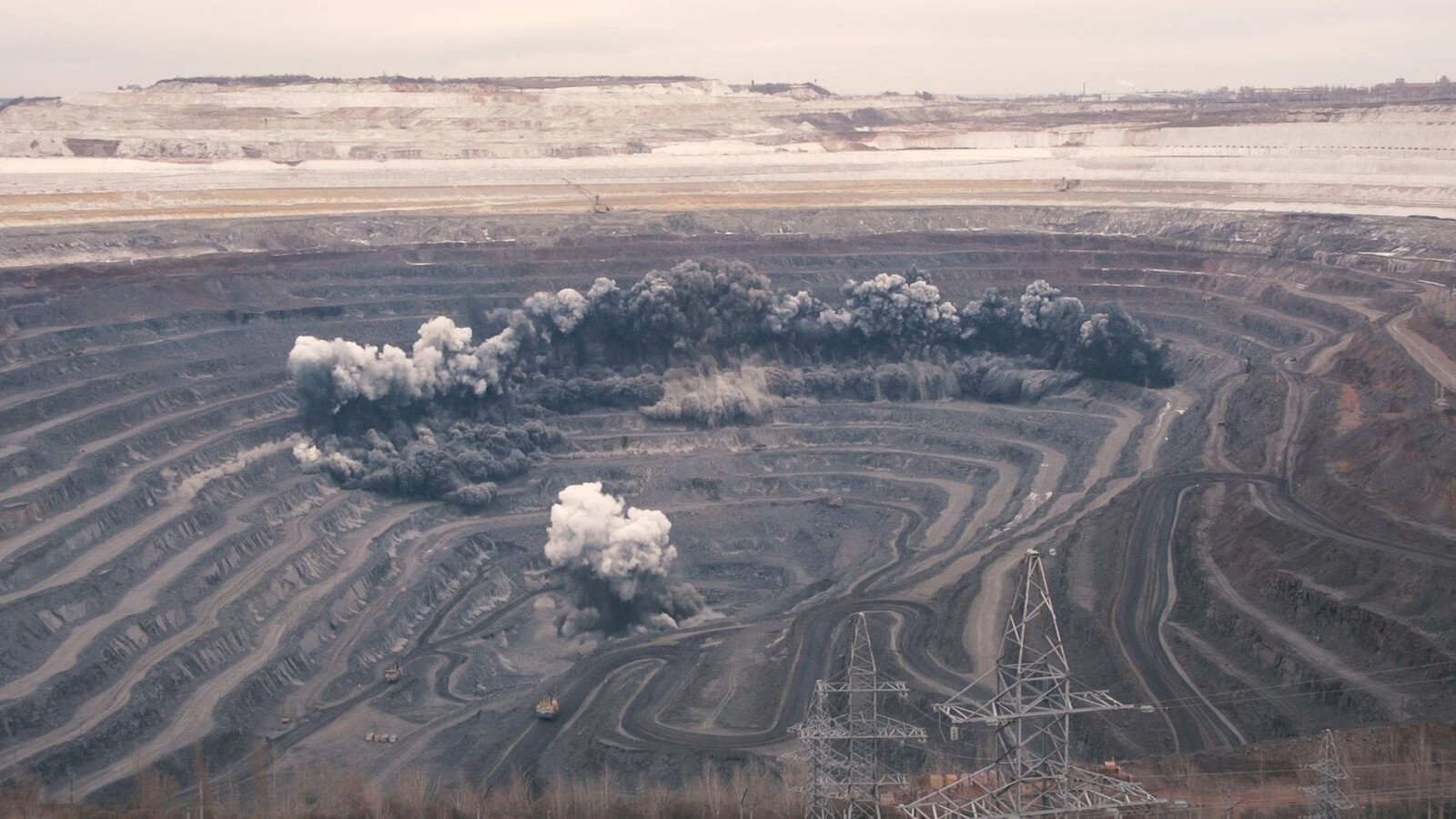
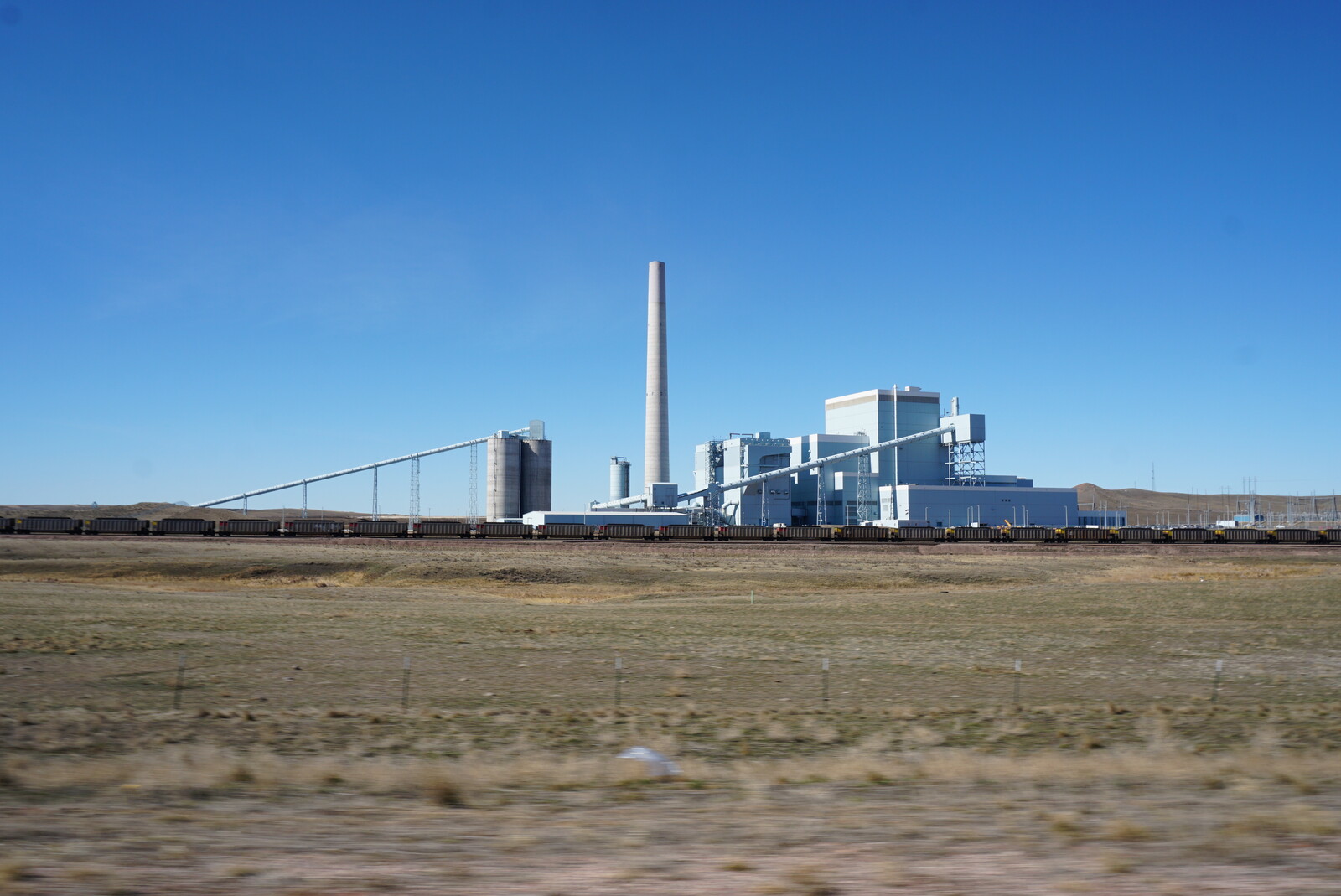
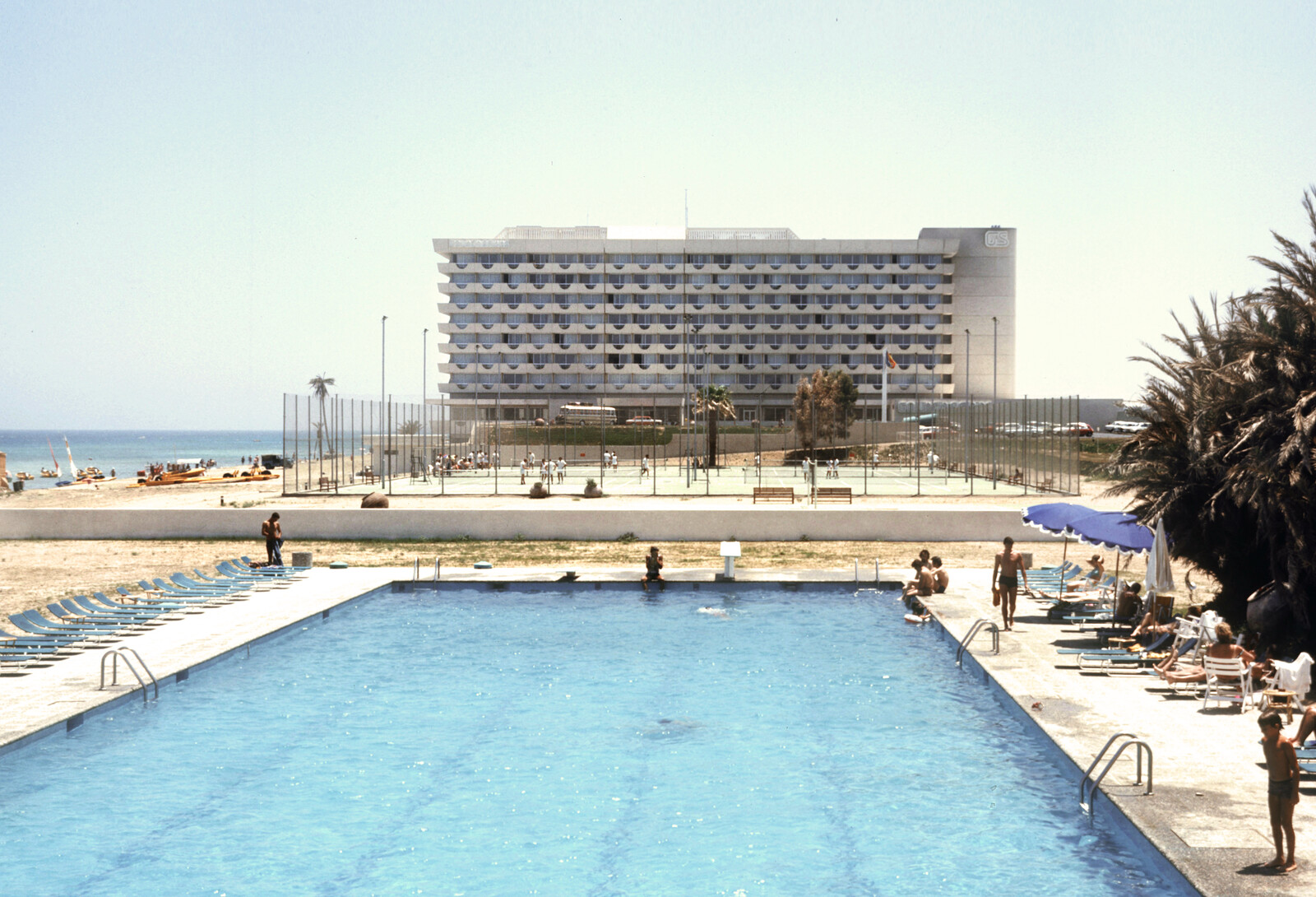
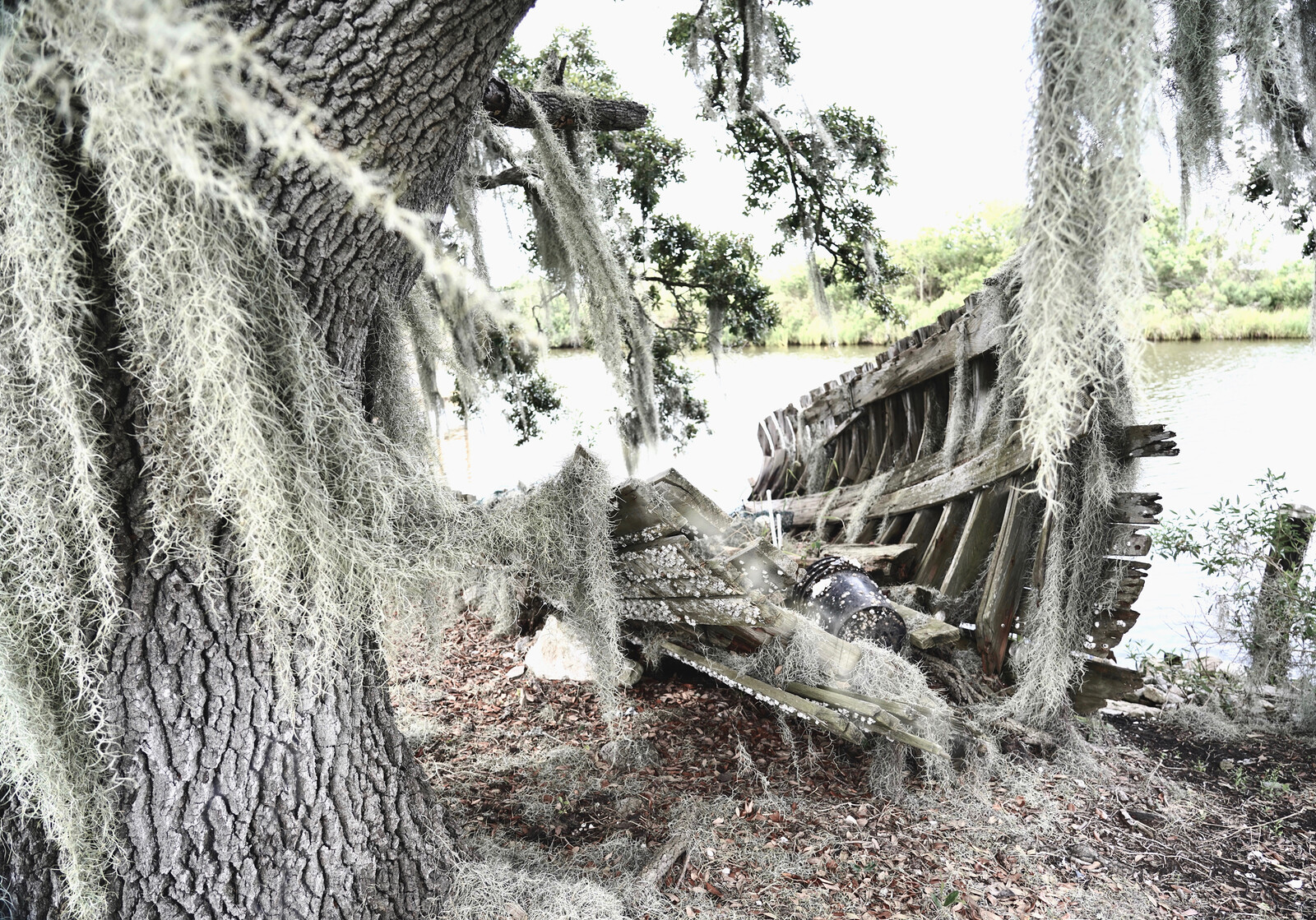

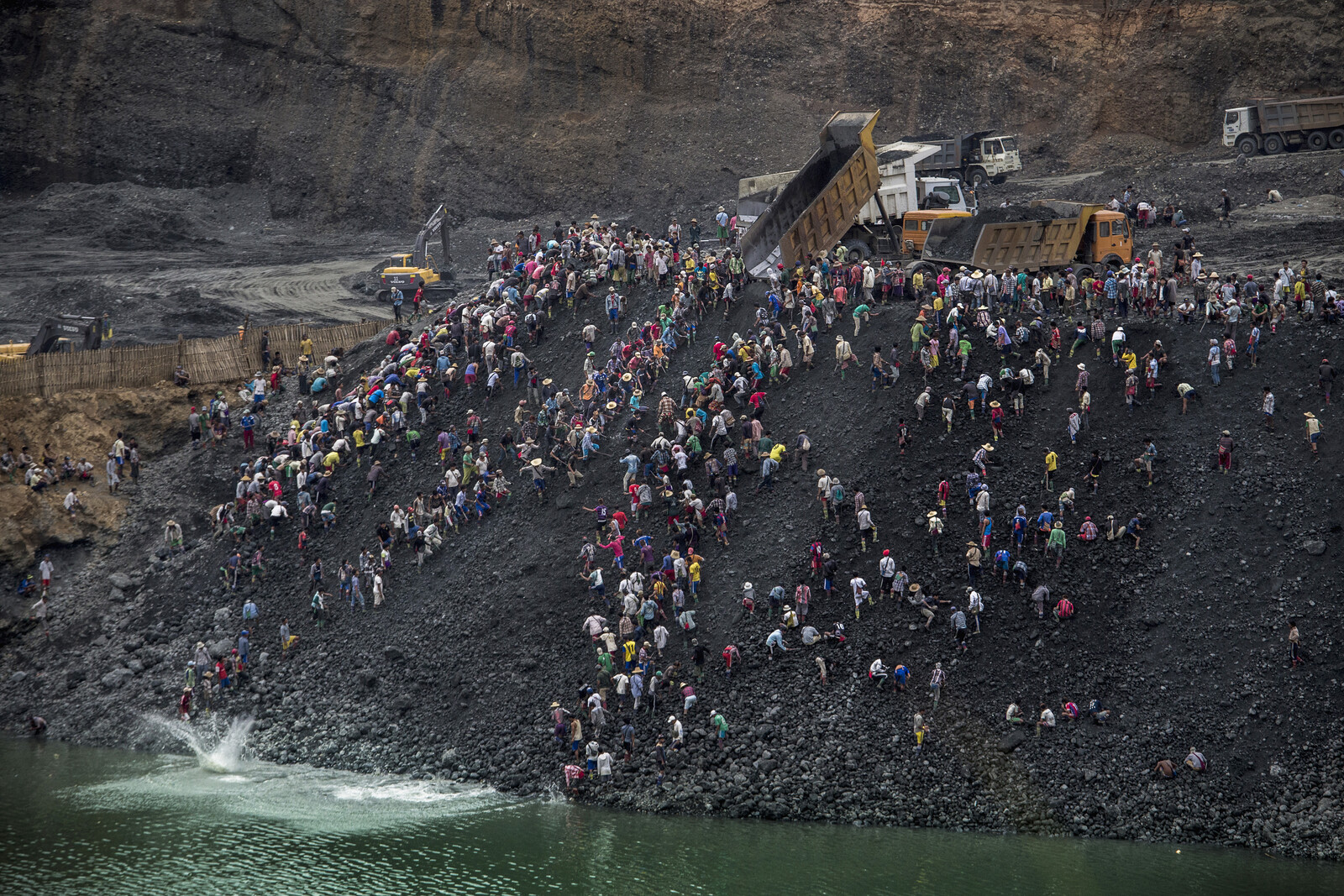
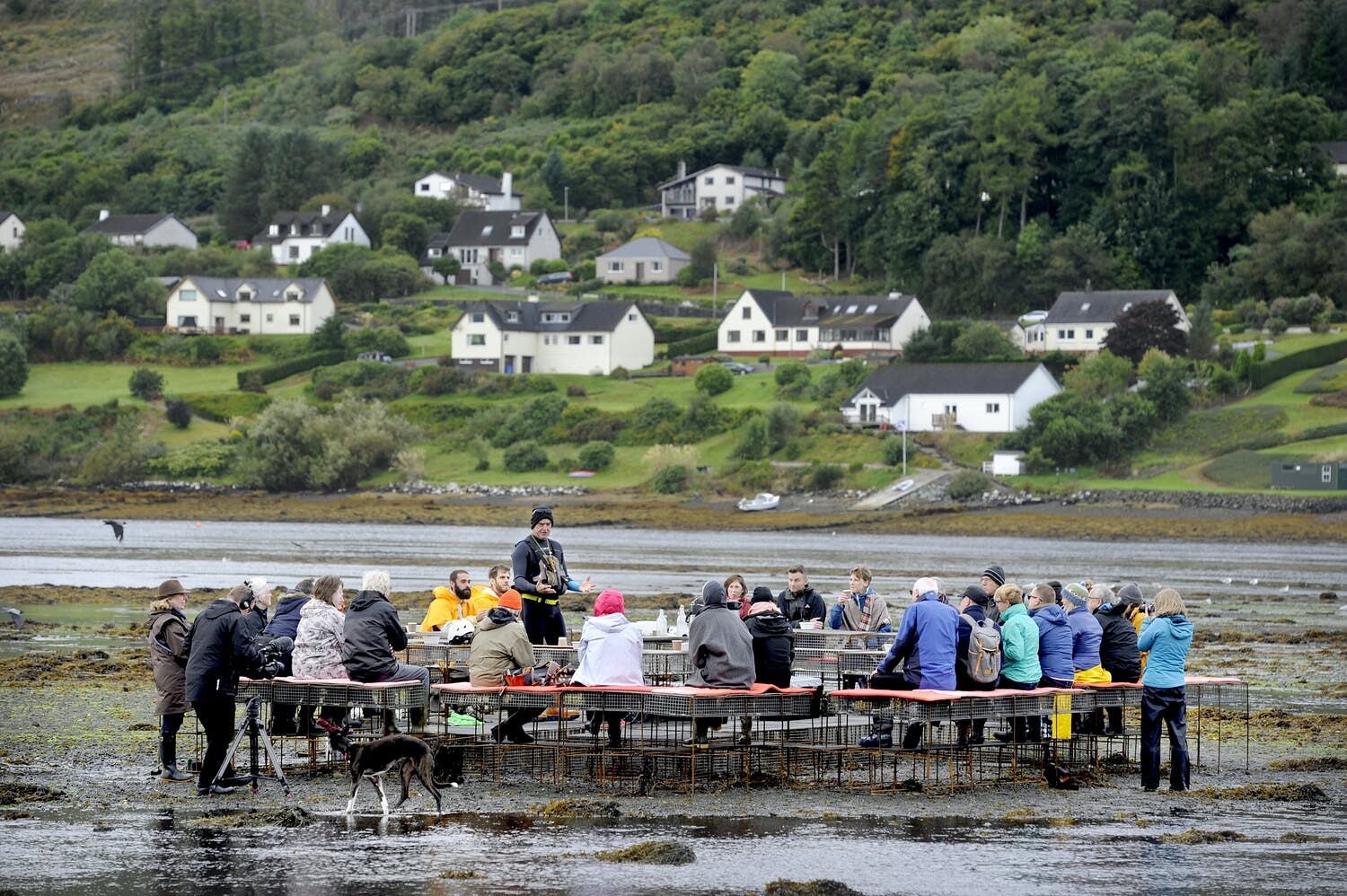
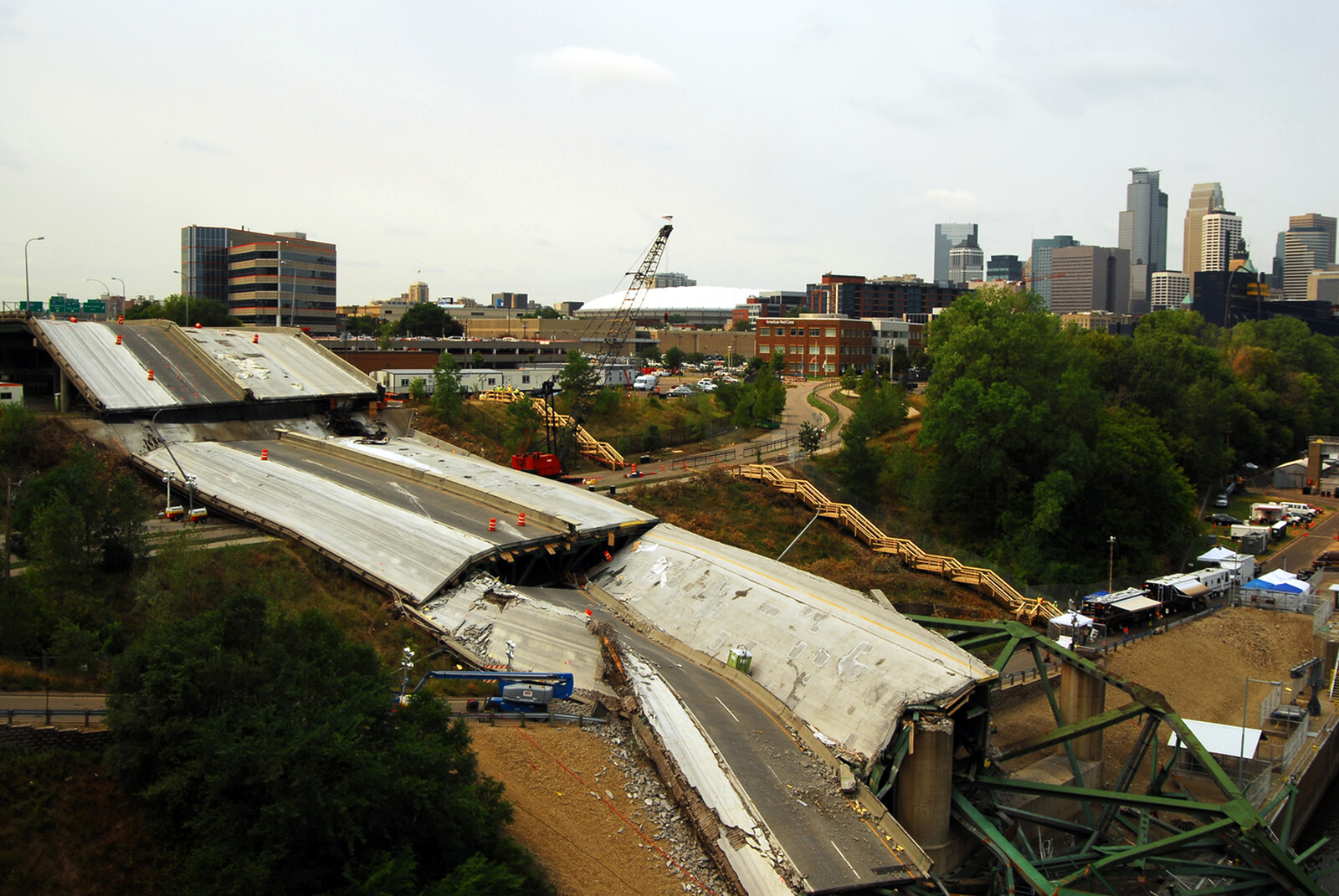
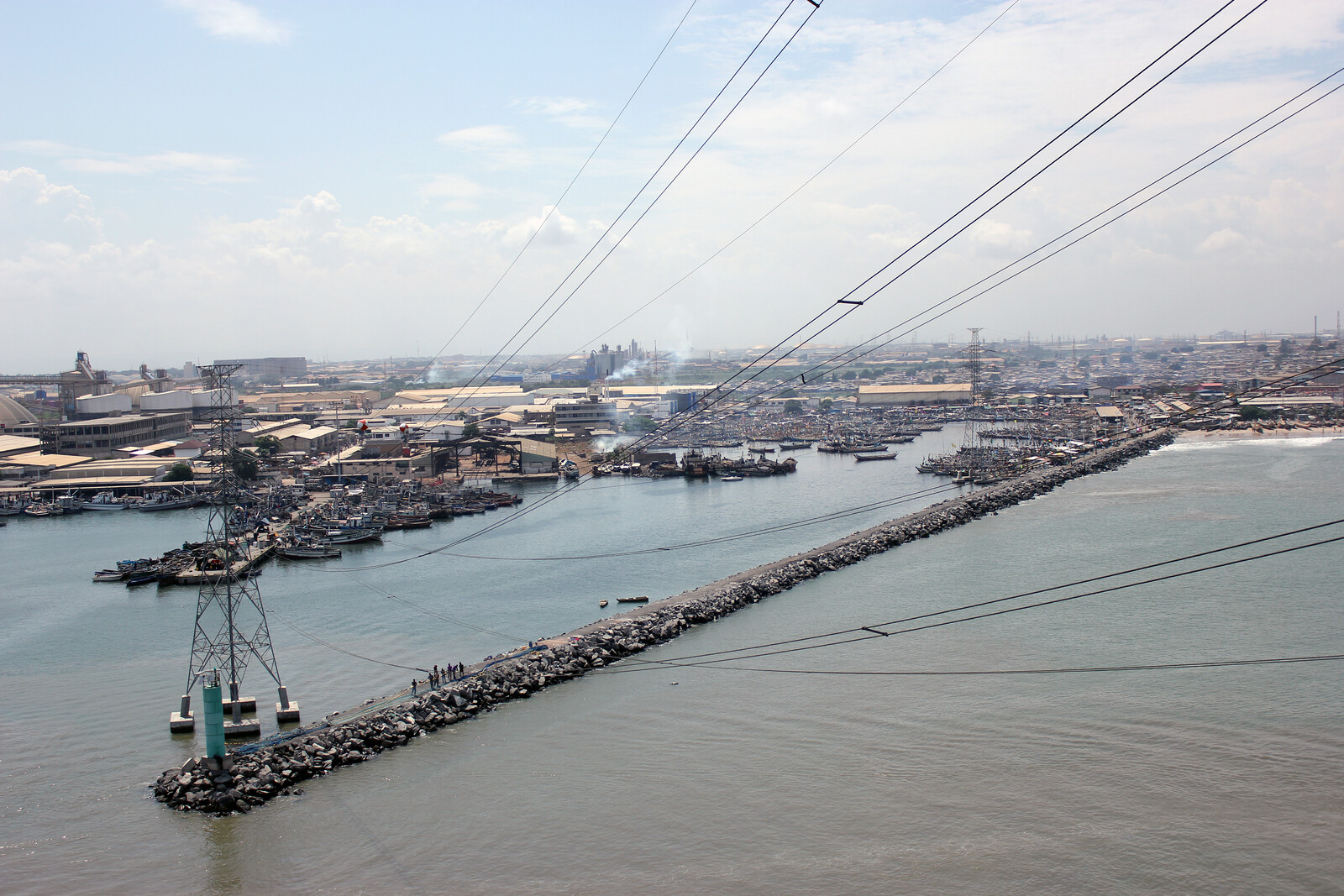
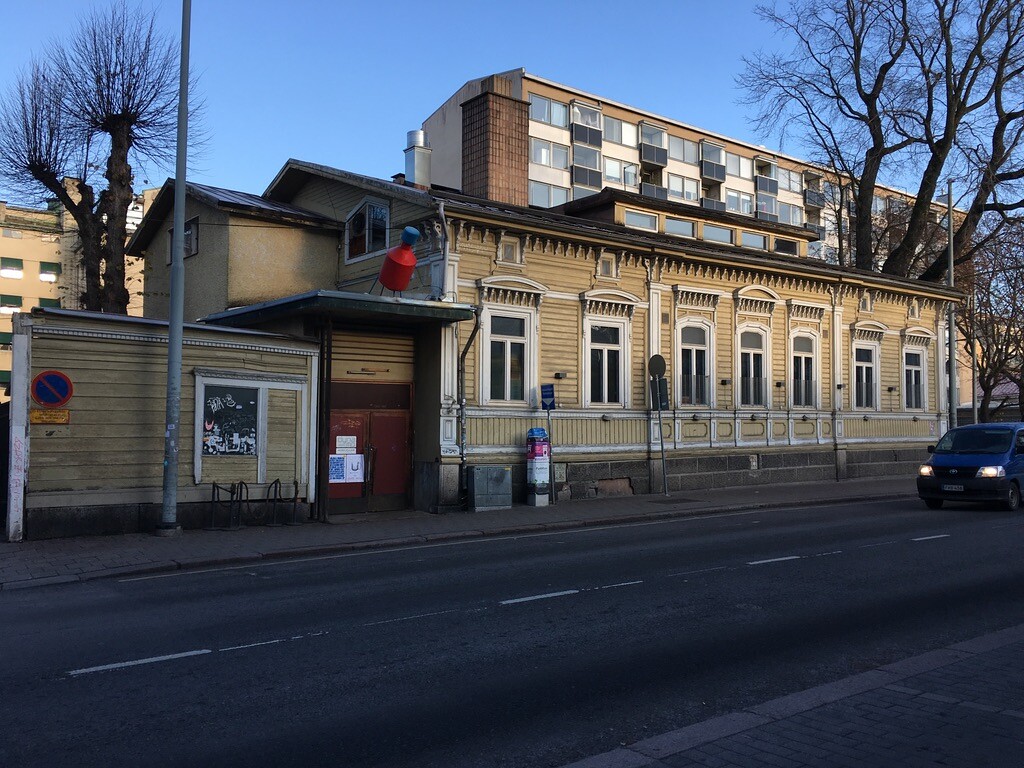

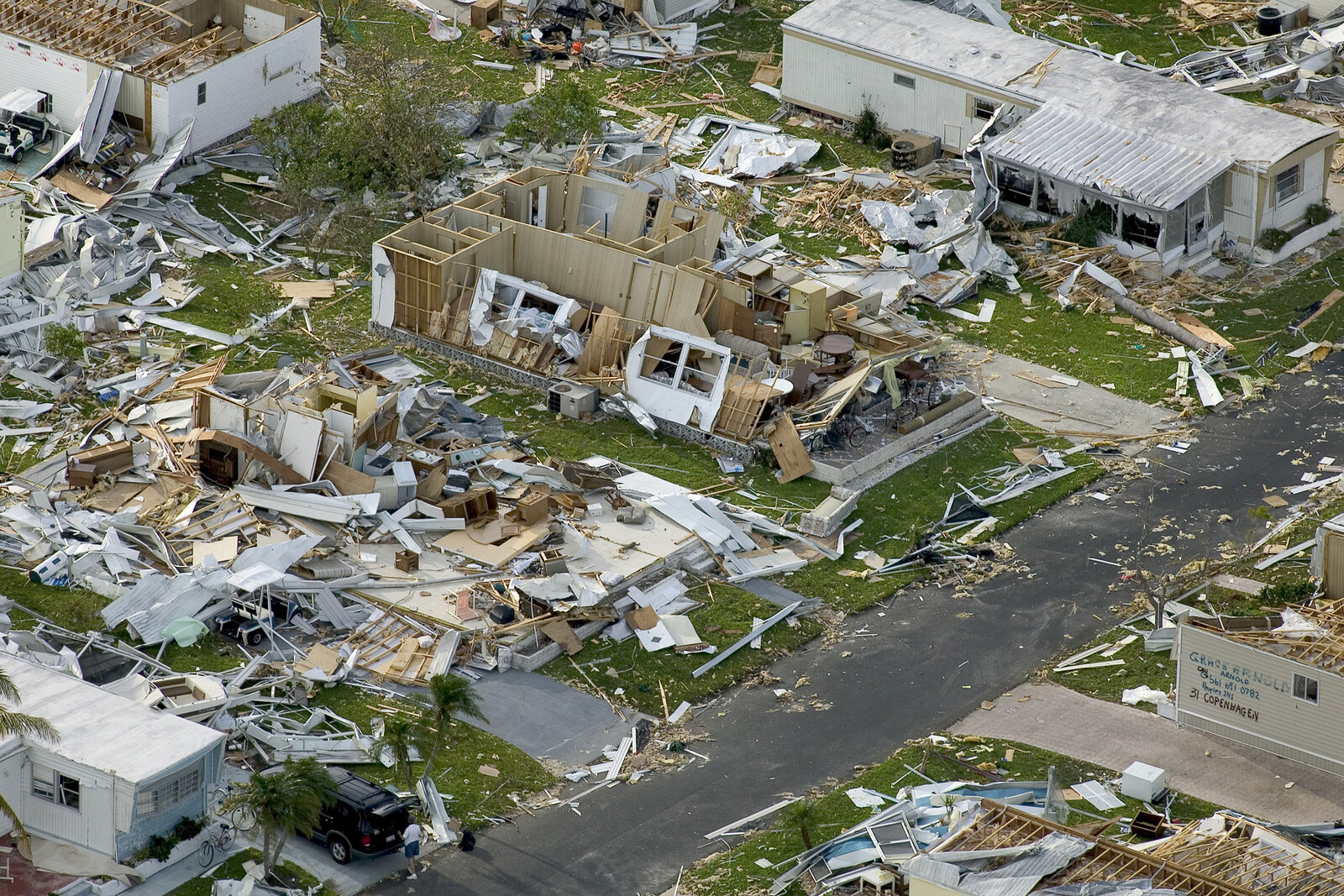
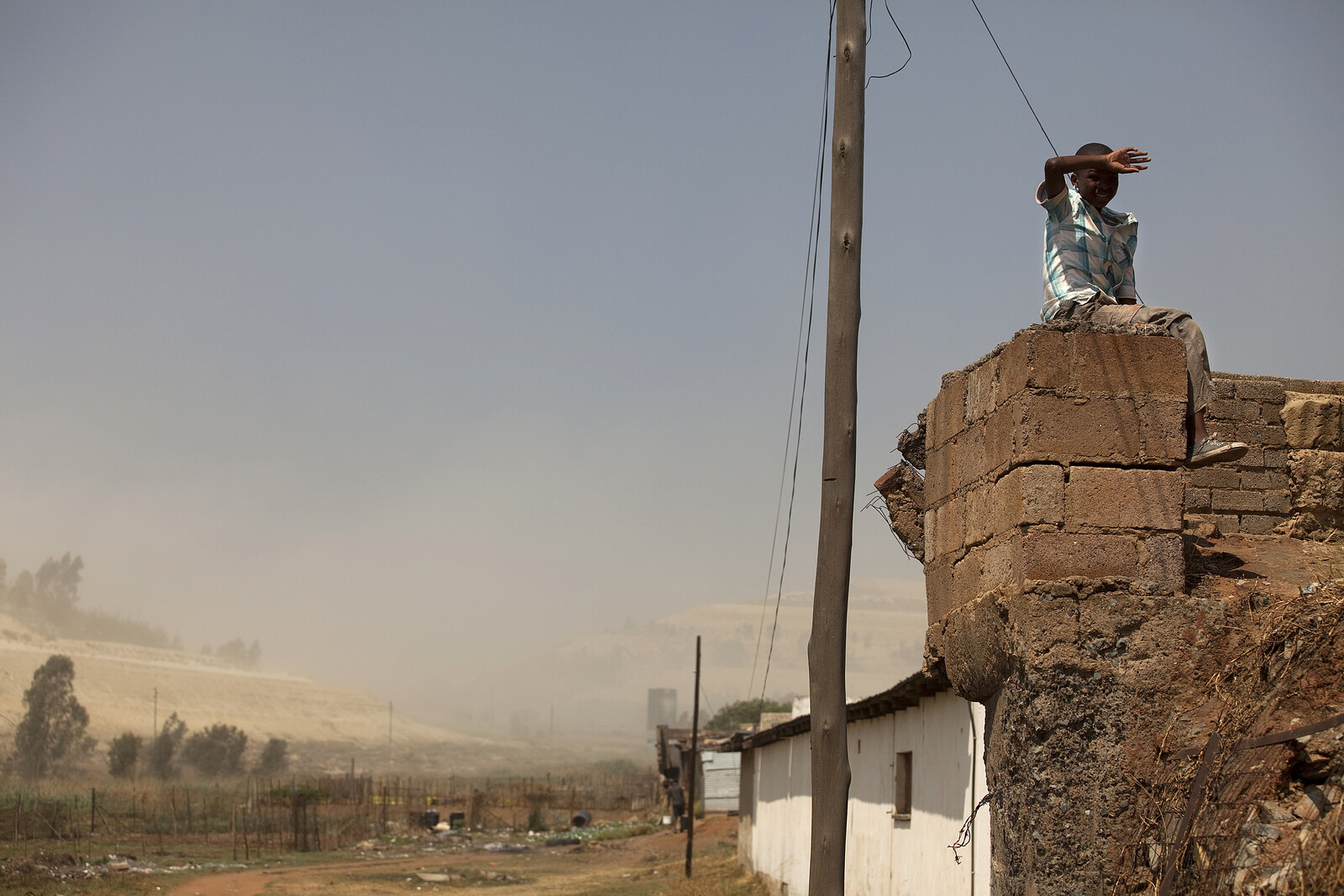
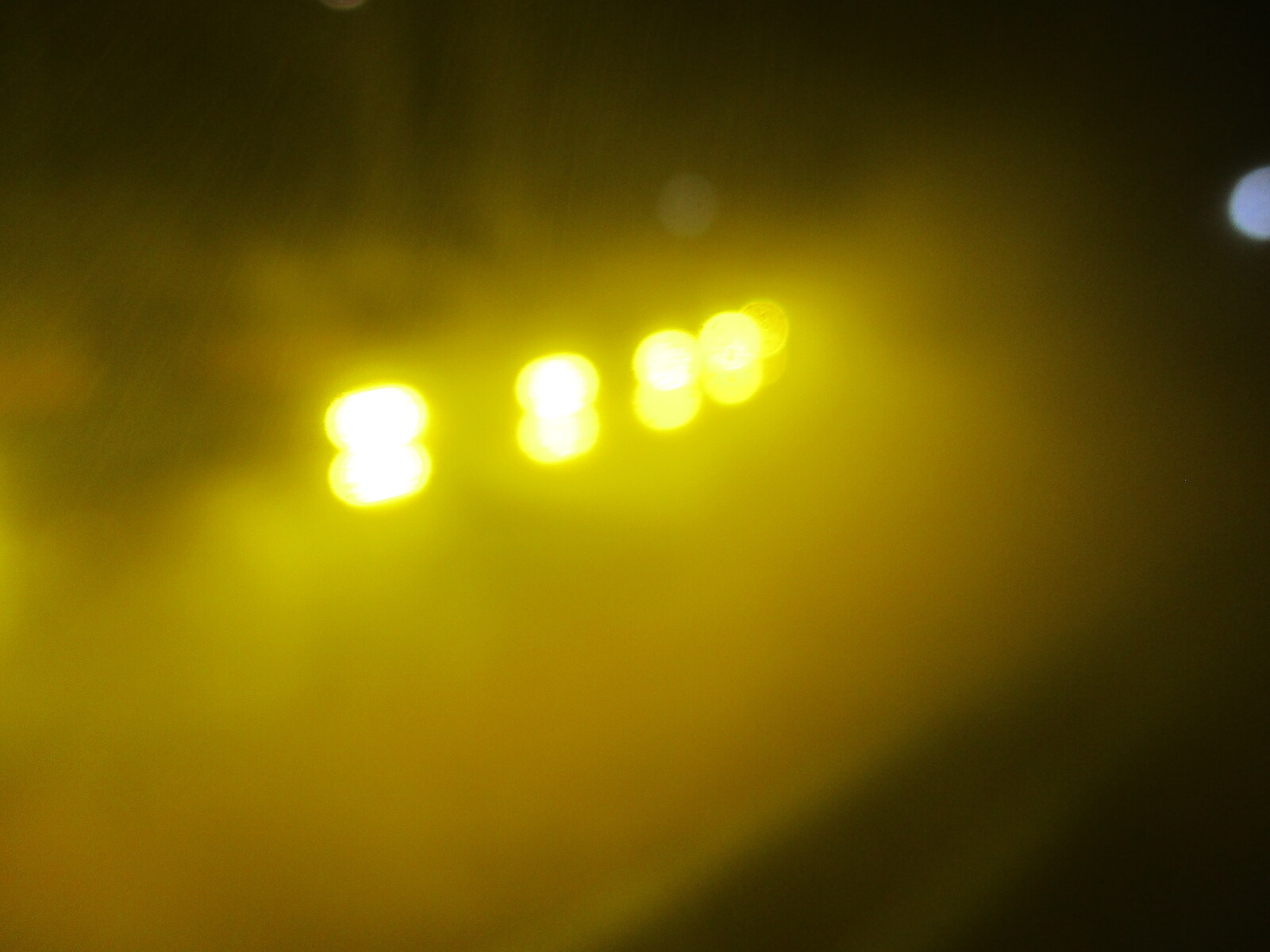
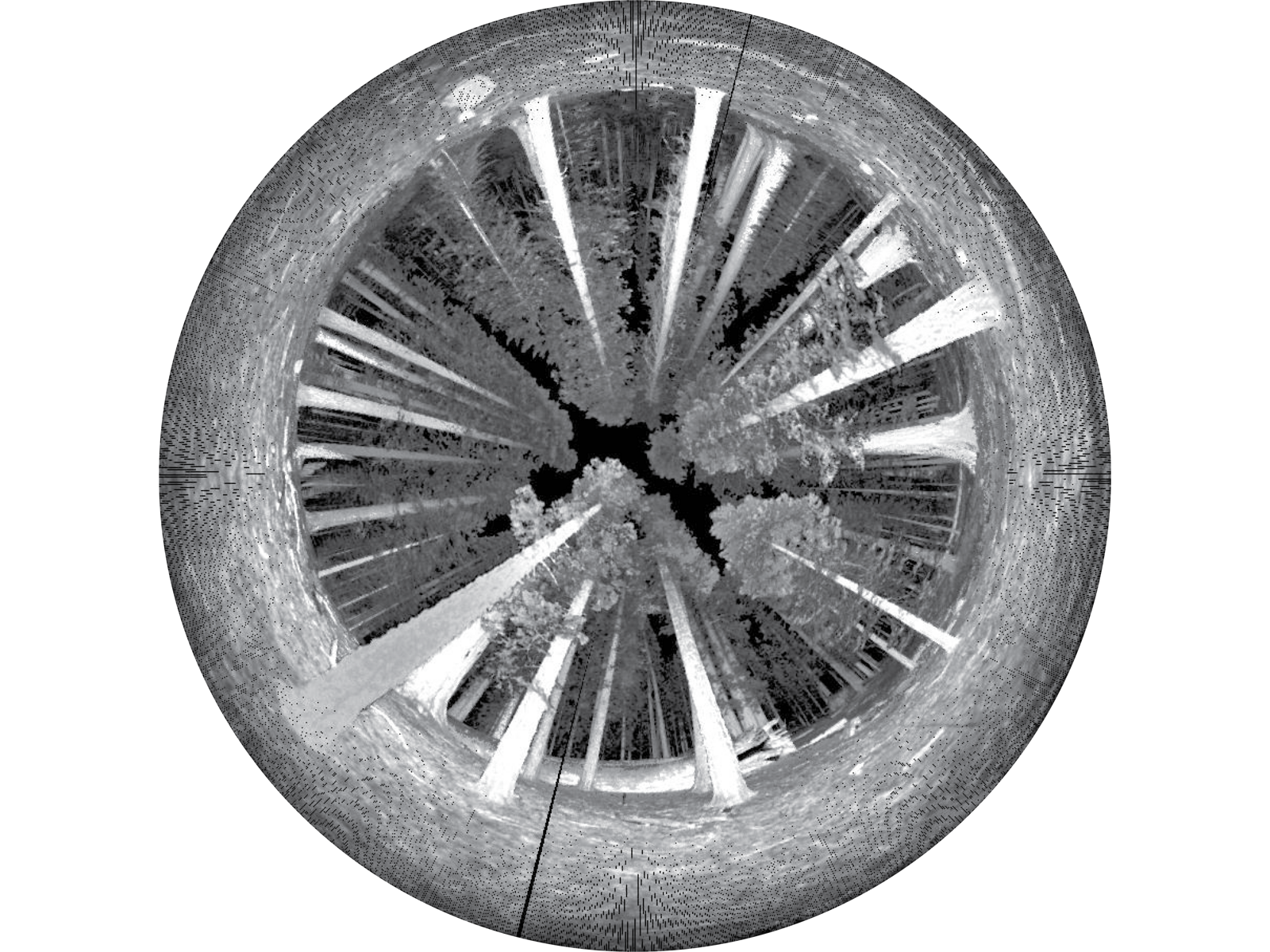
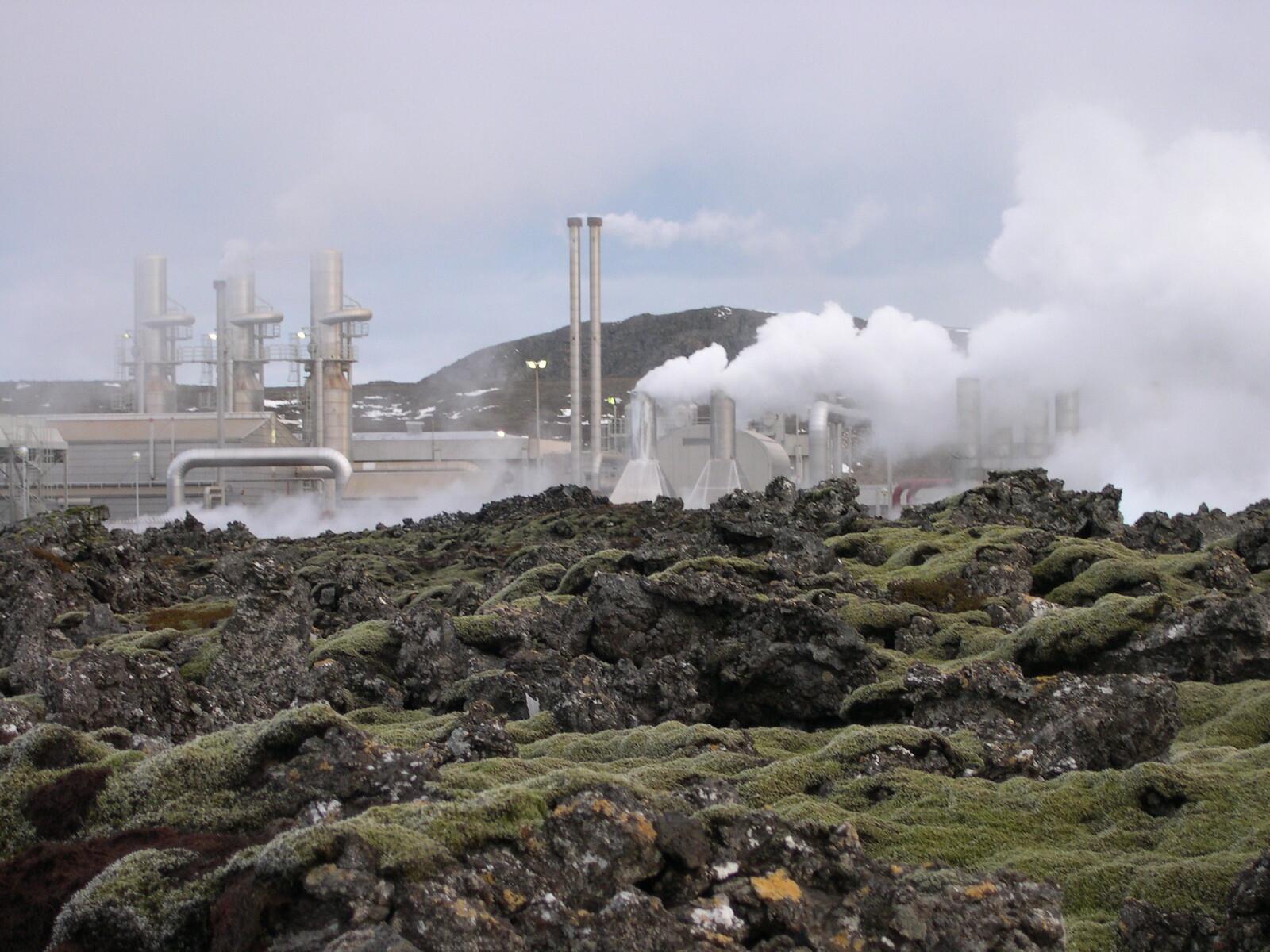
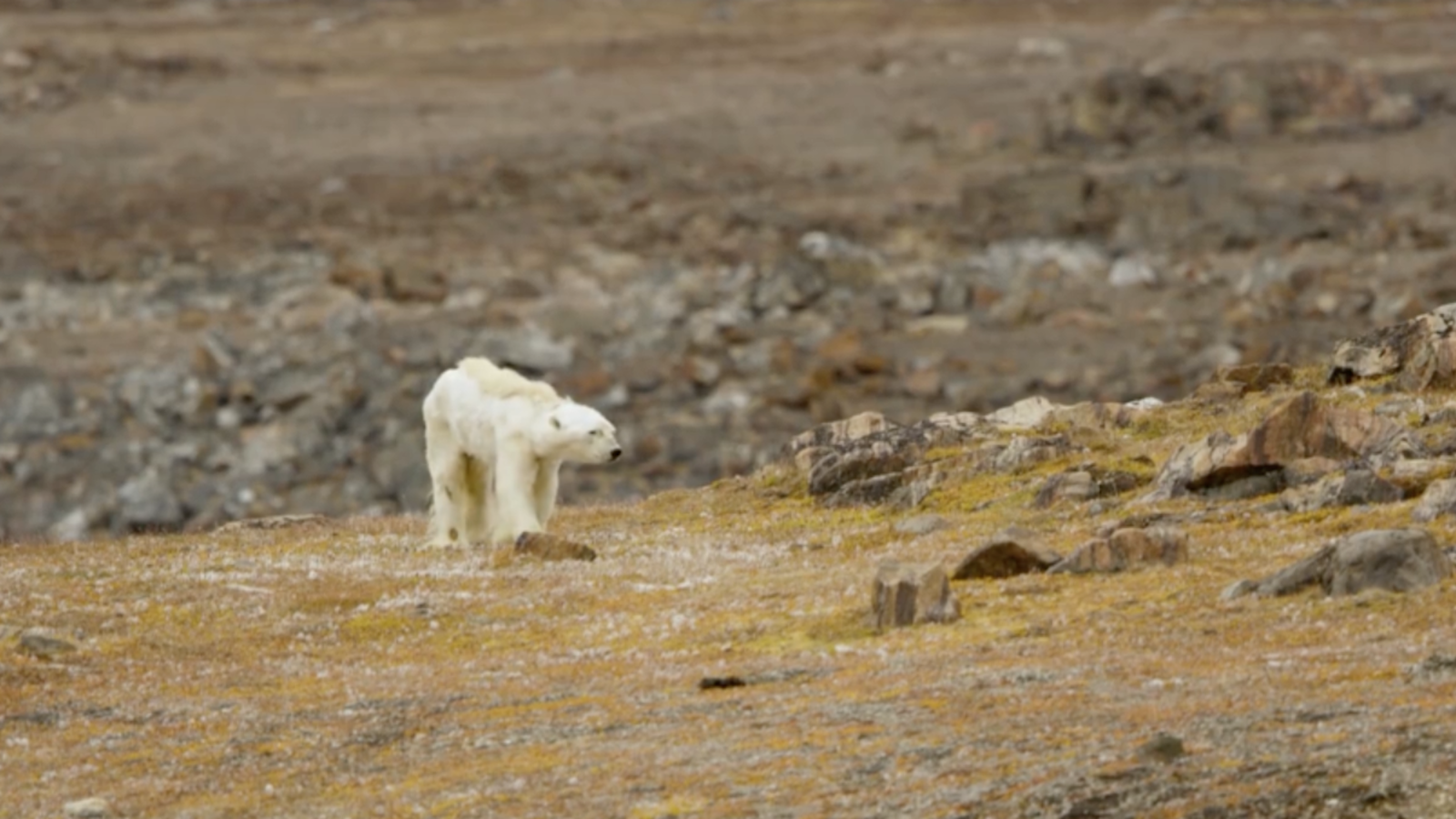
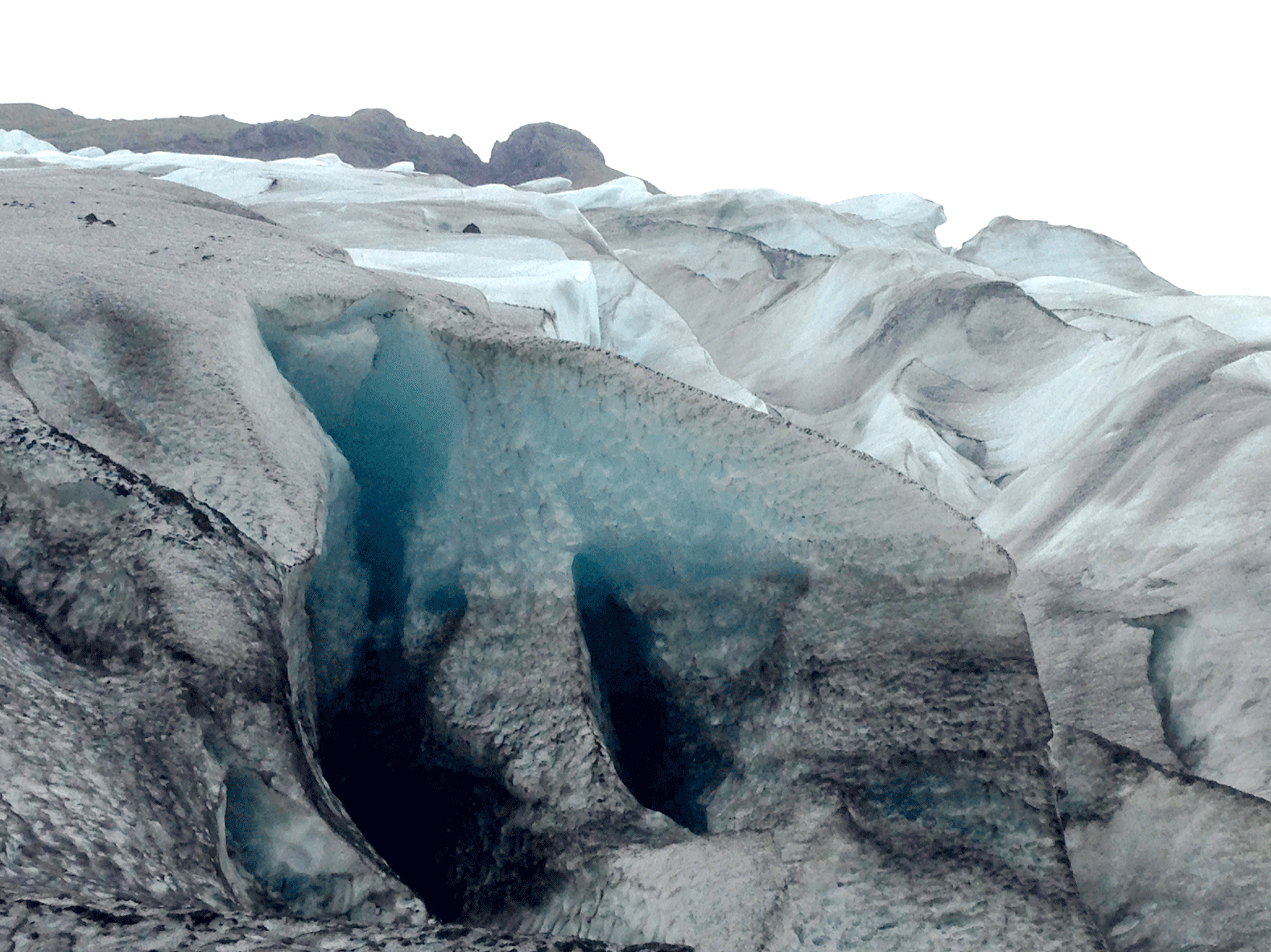
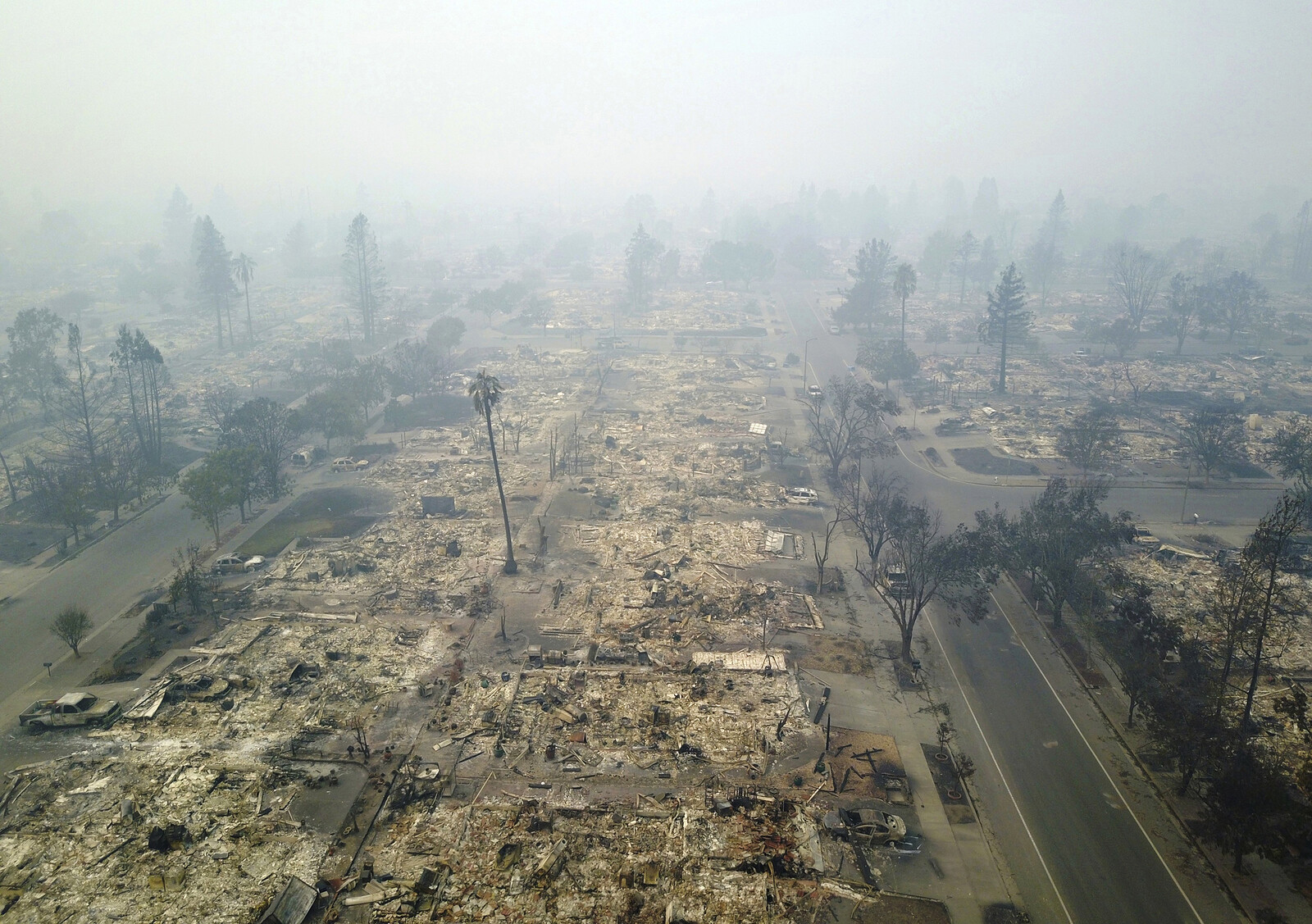
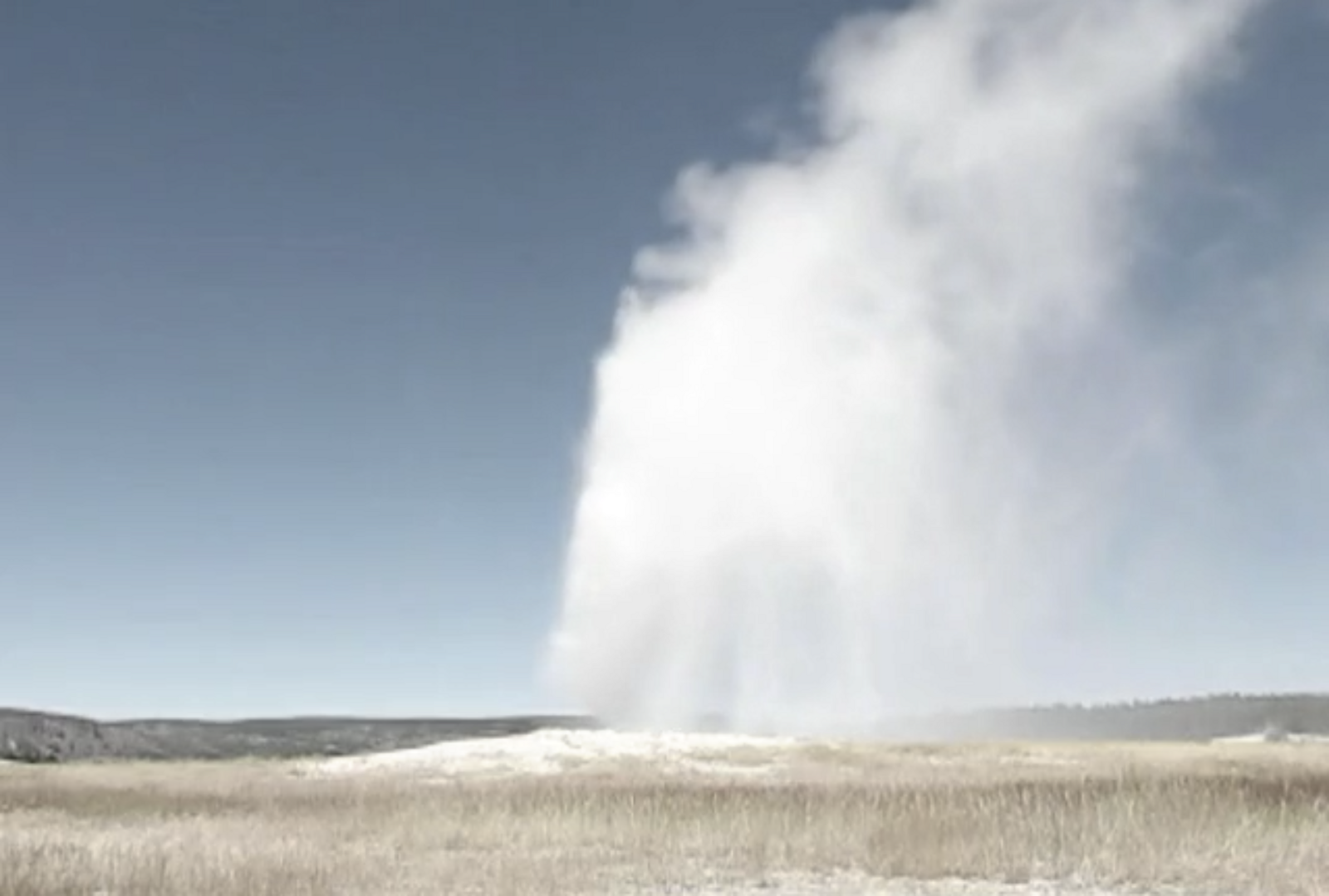
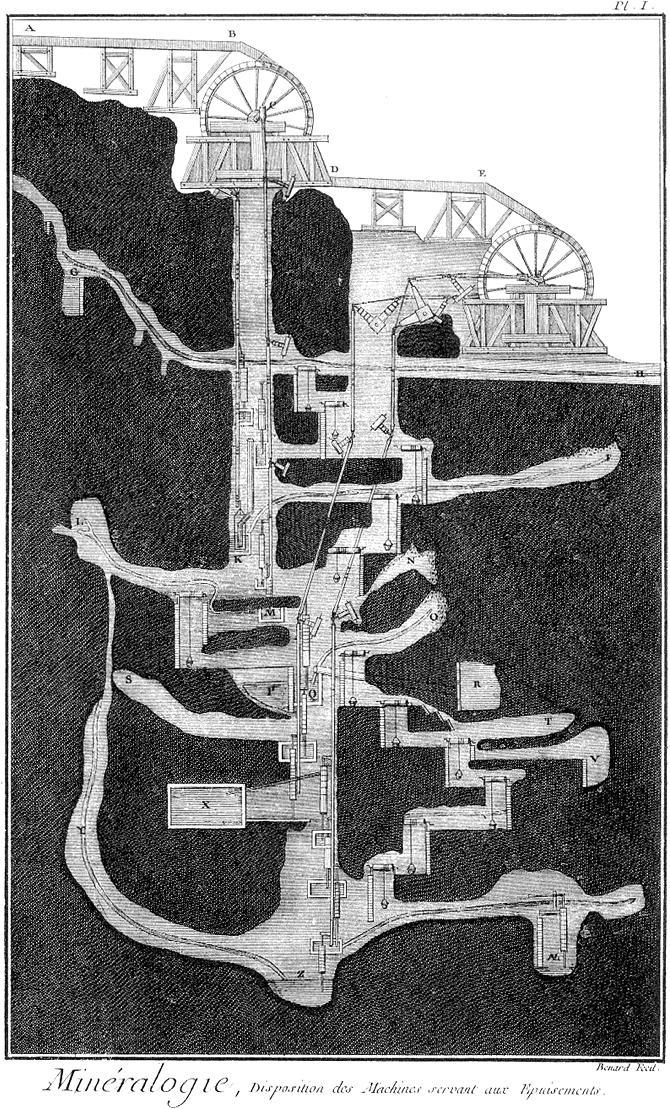

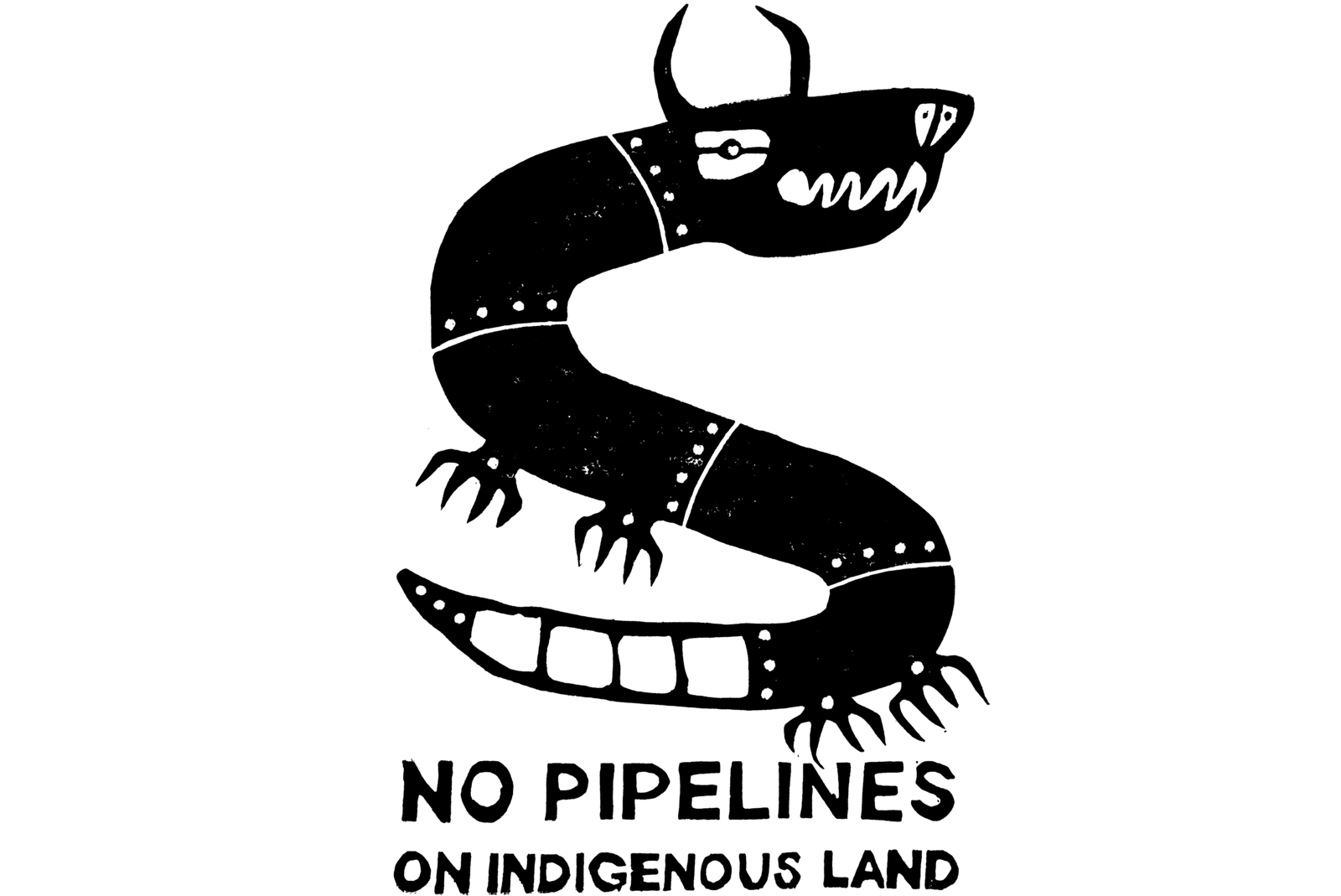
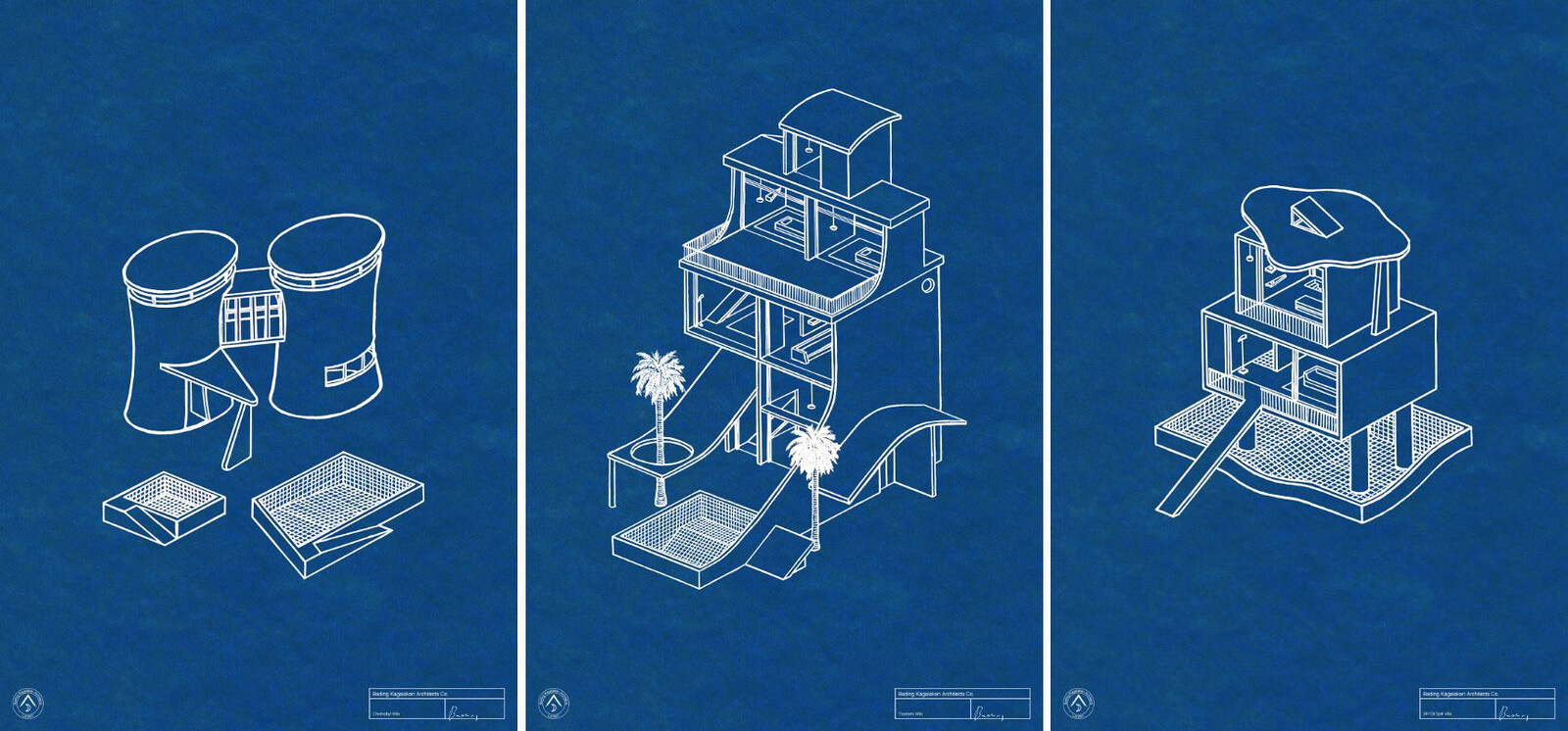
.png,1600)
